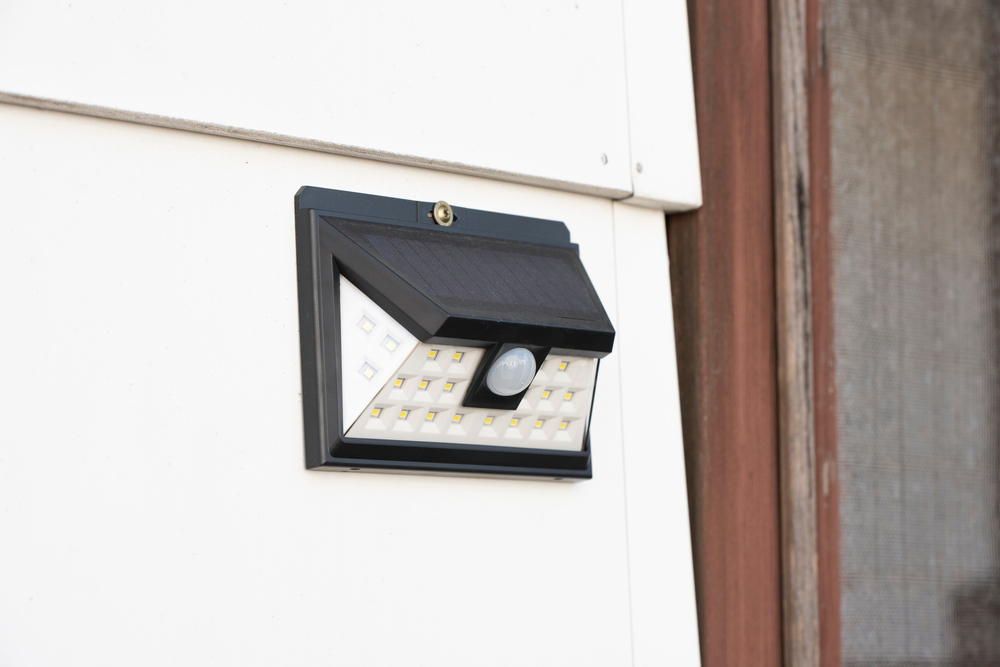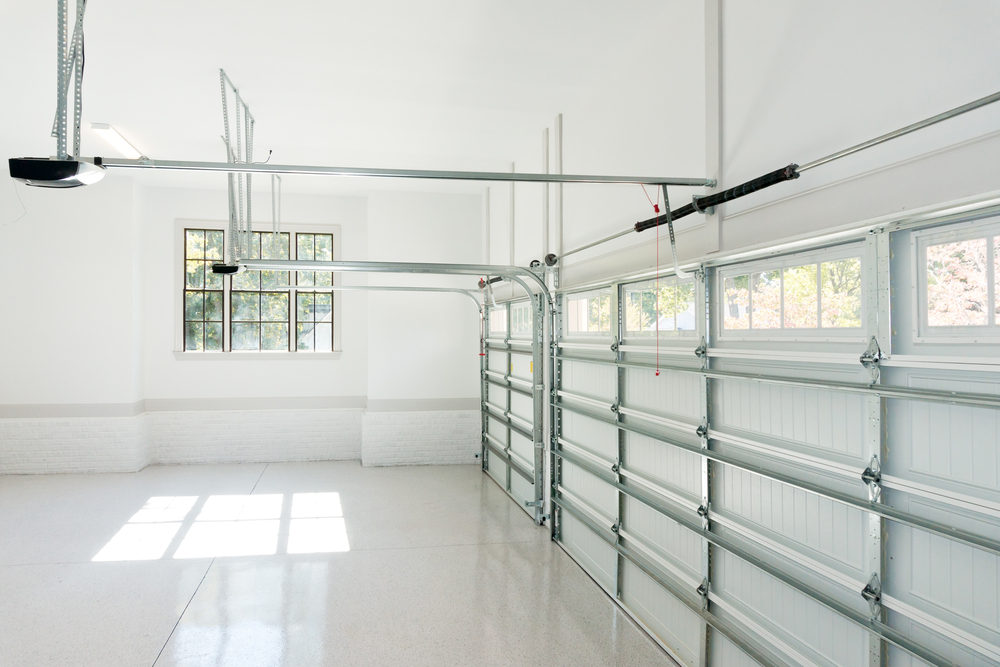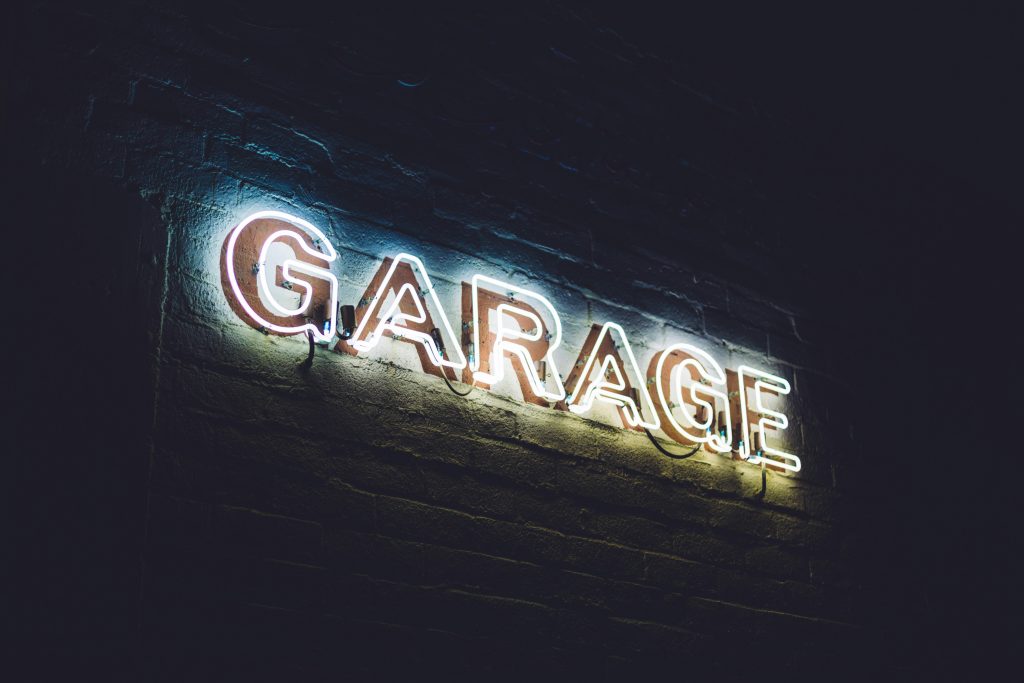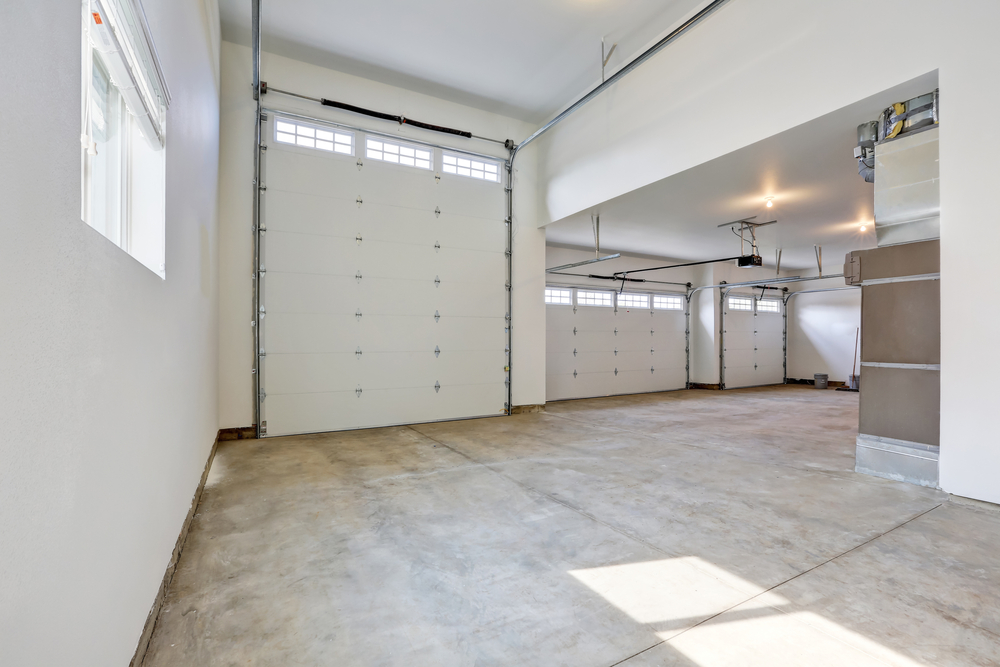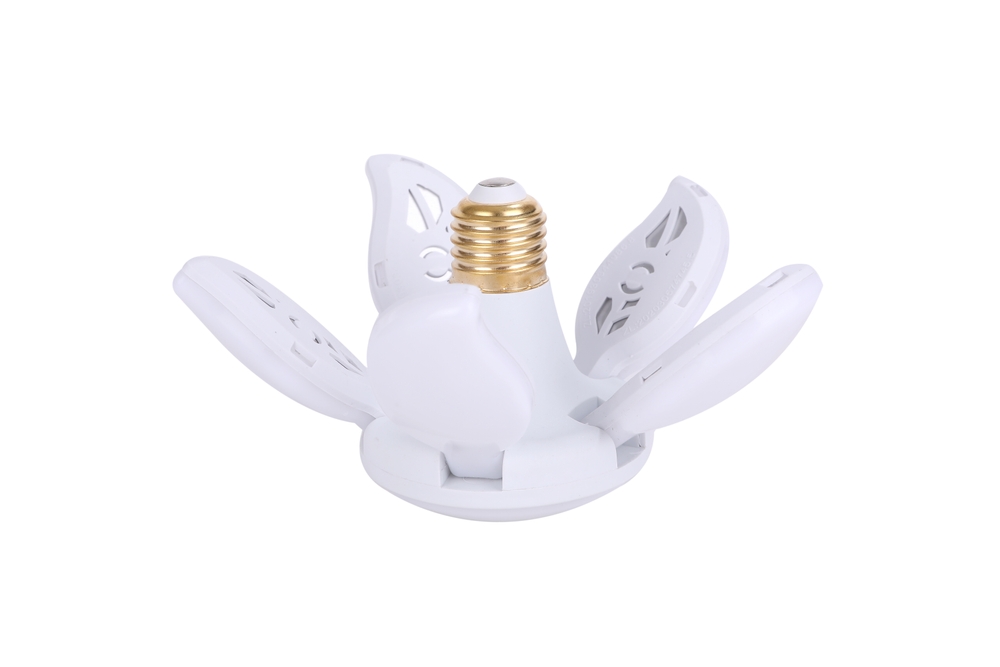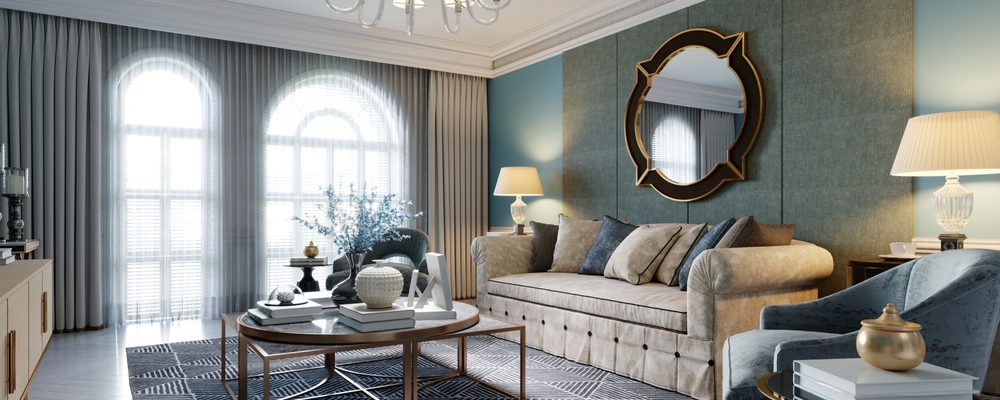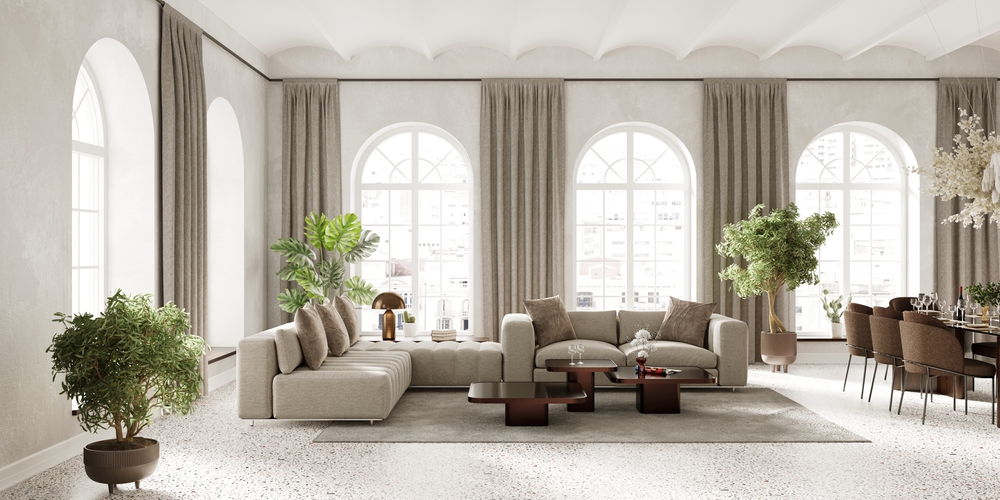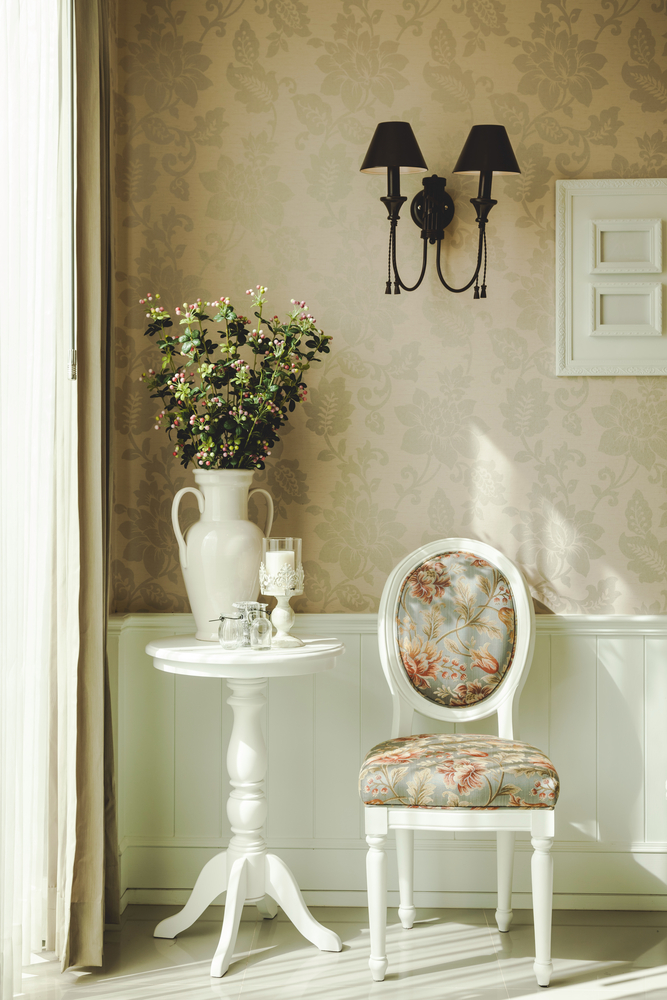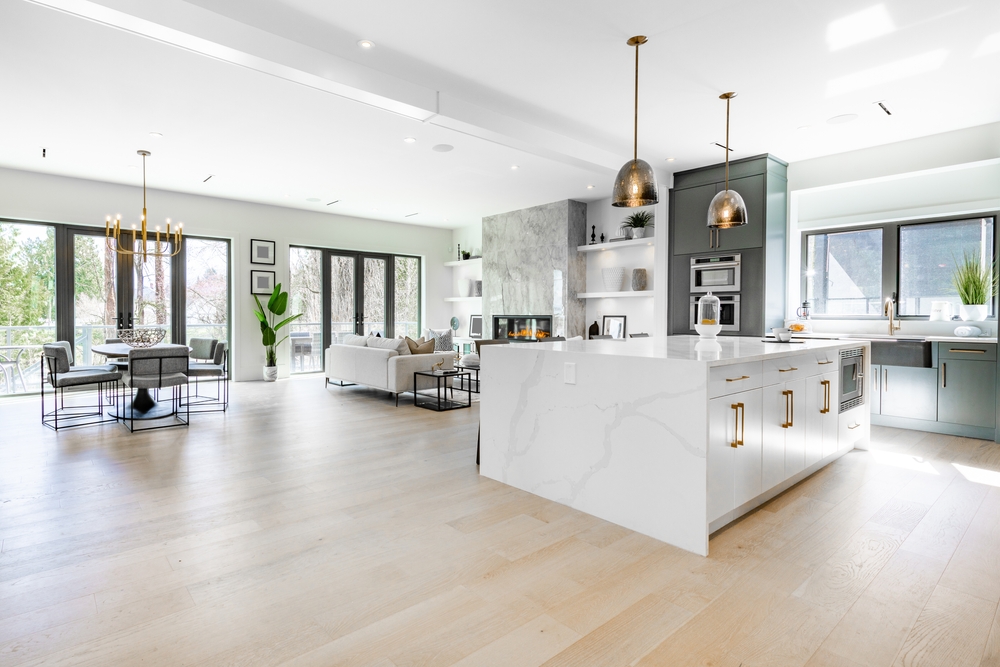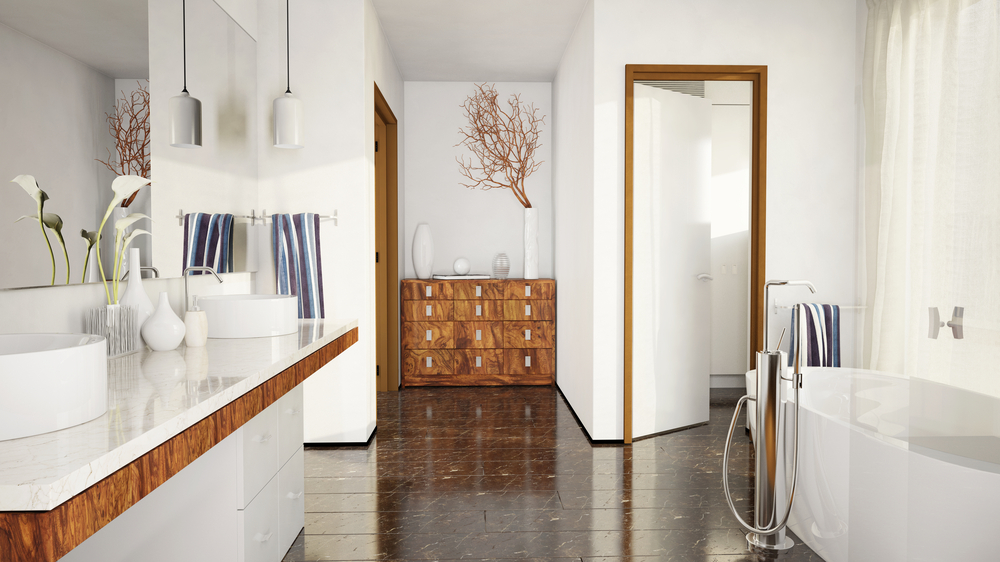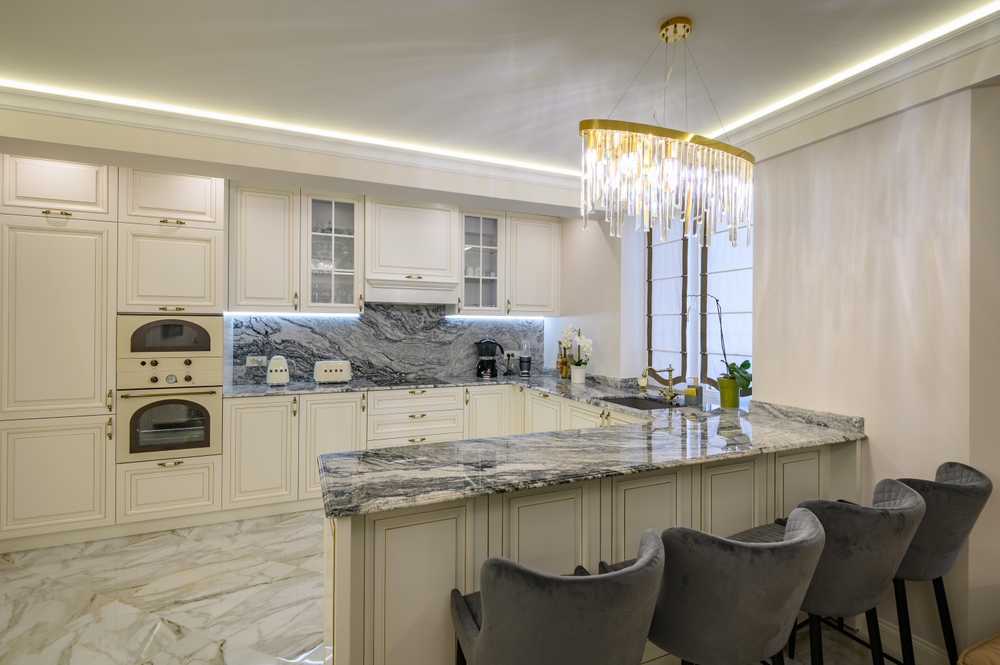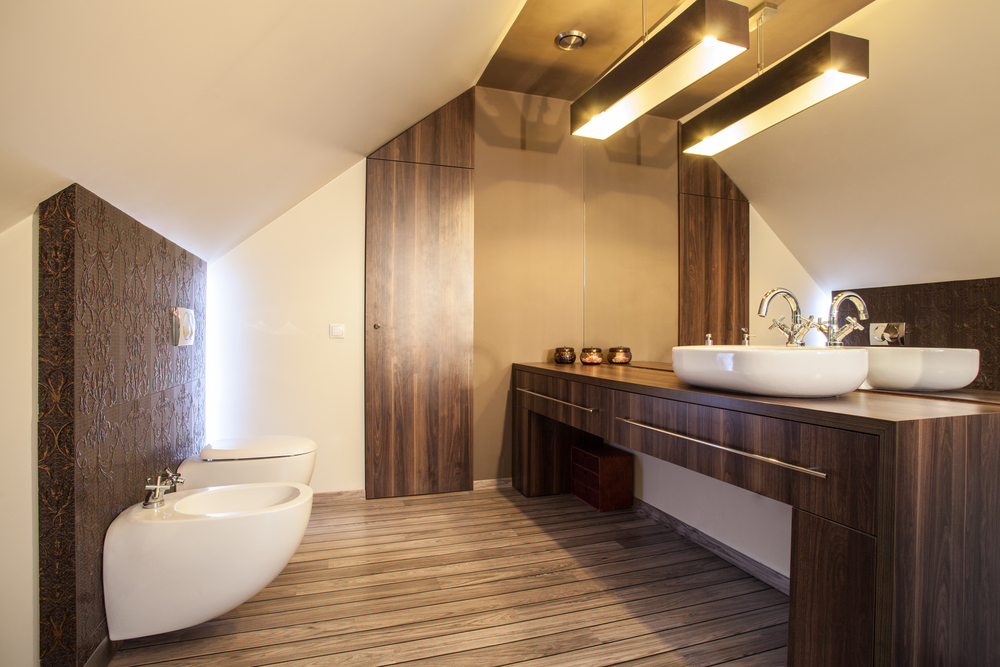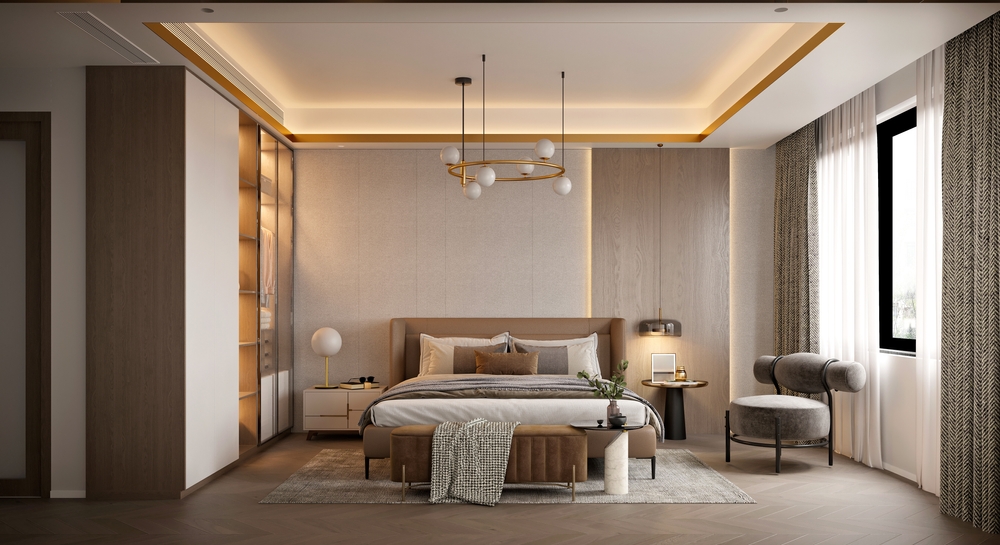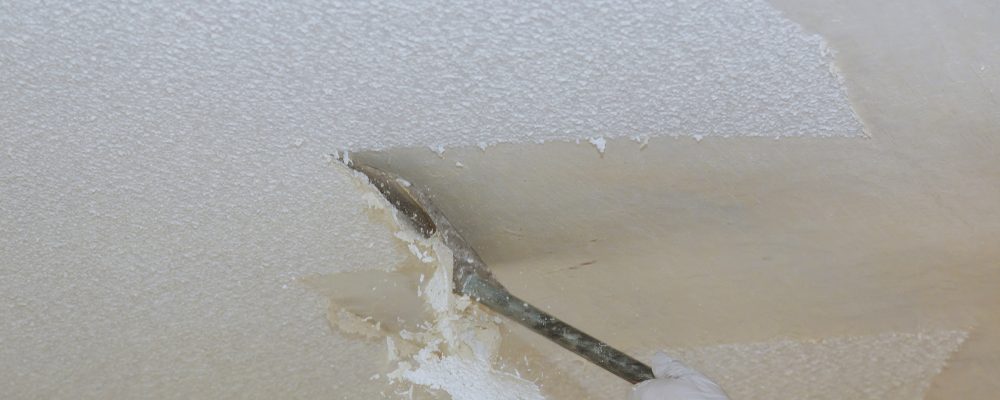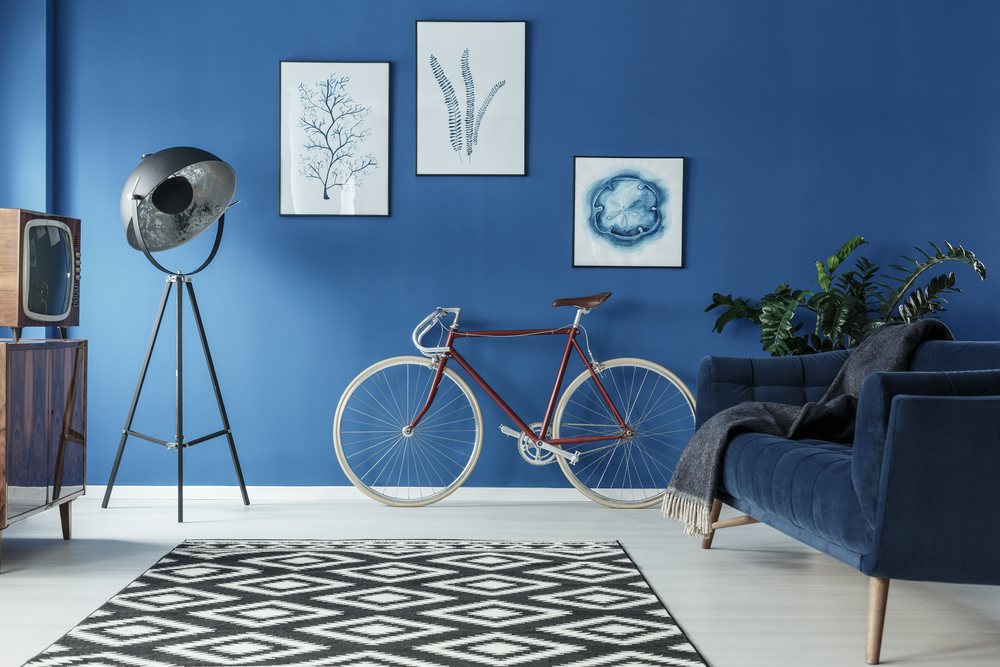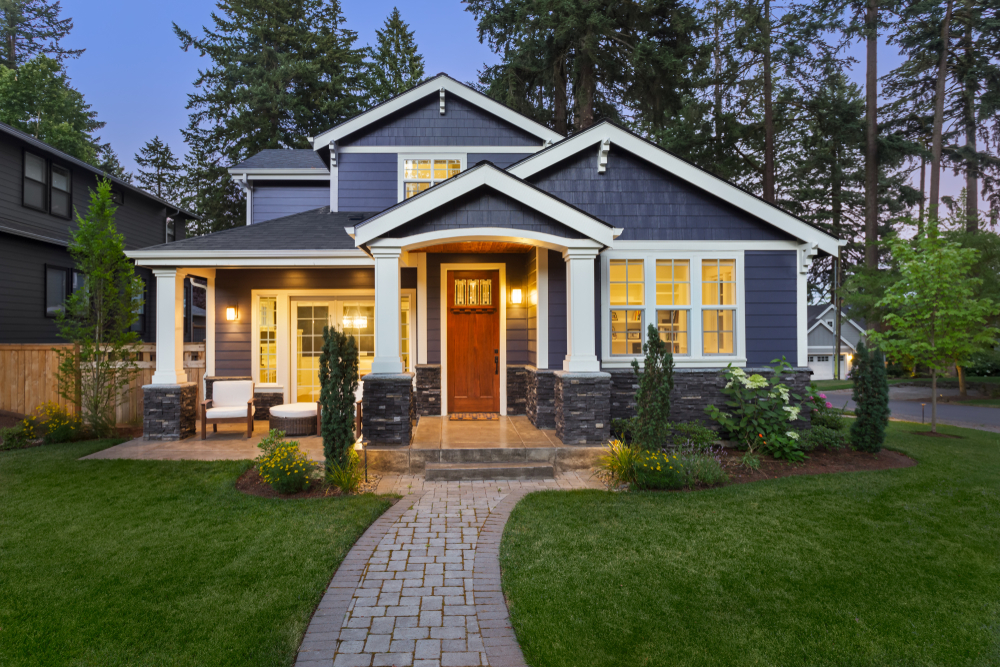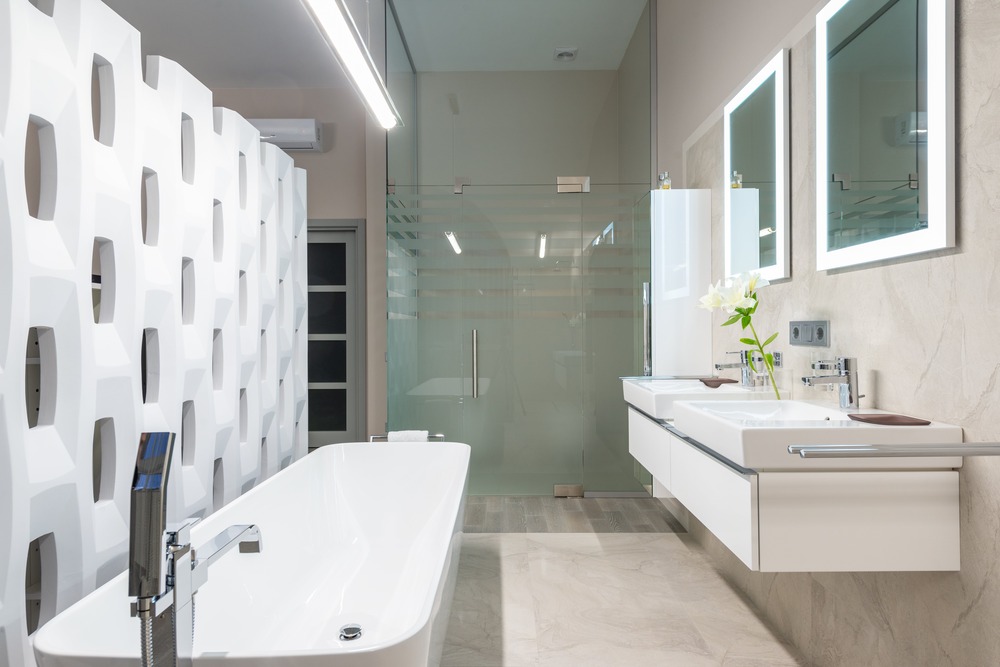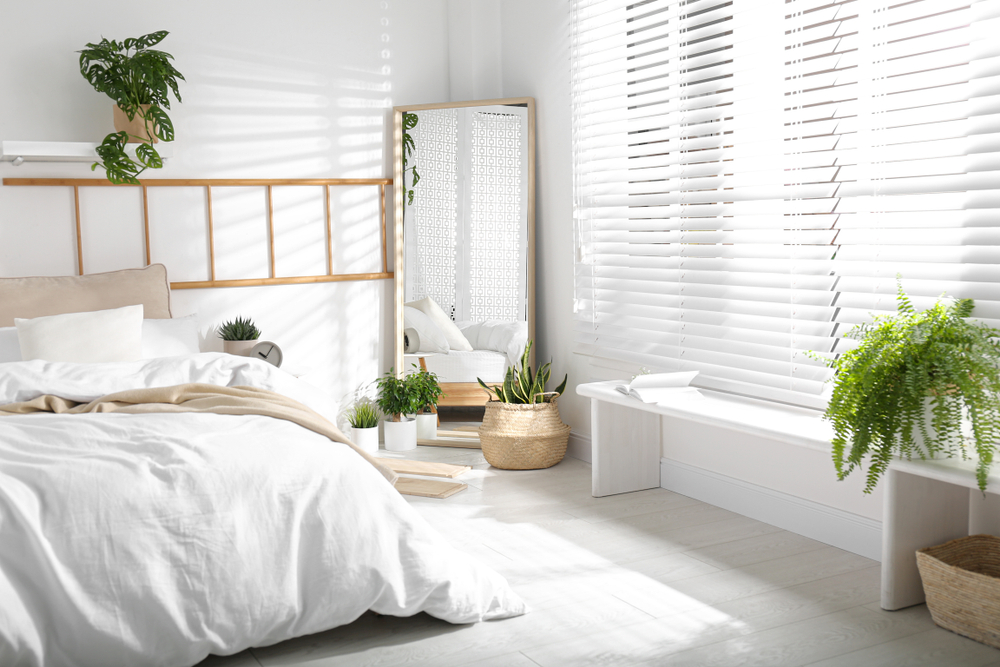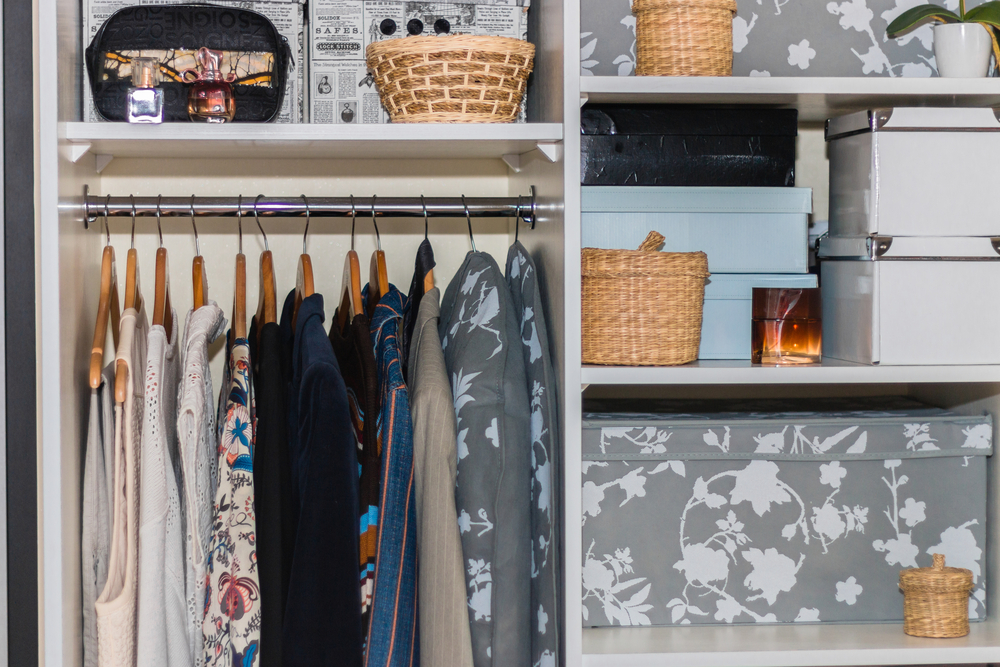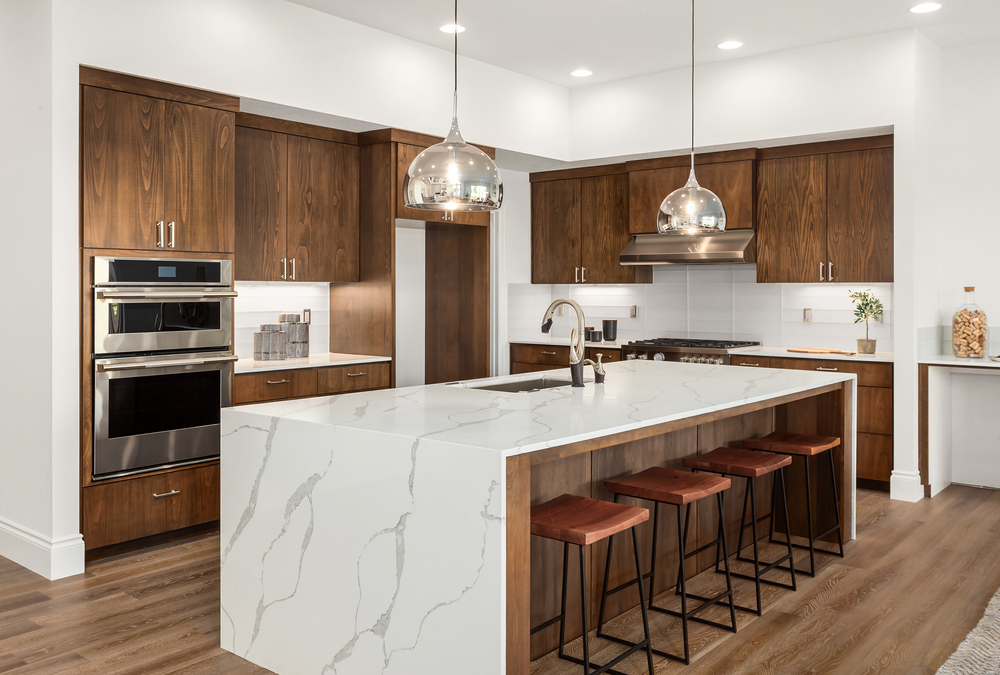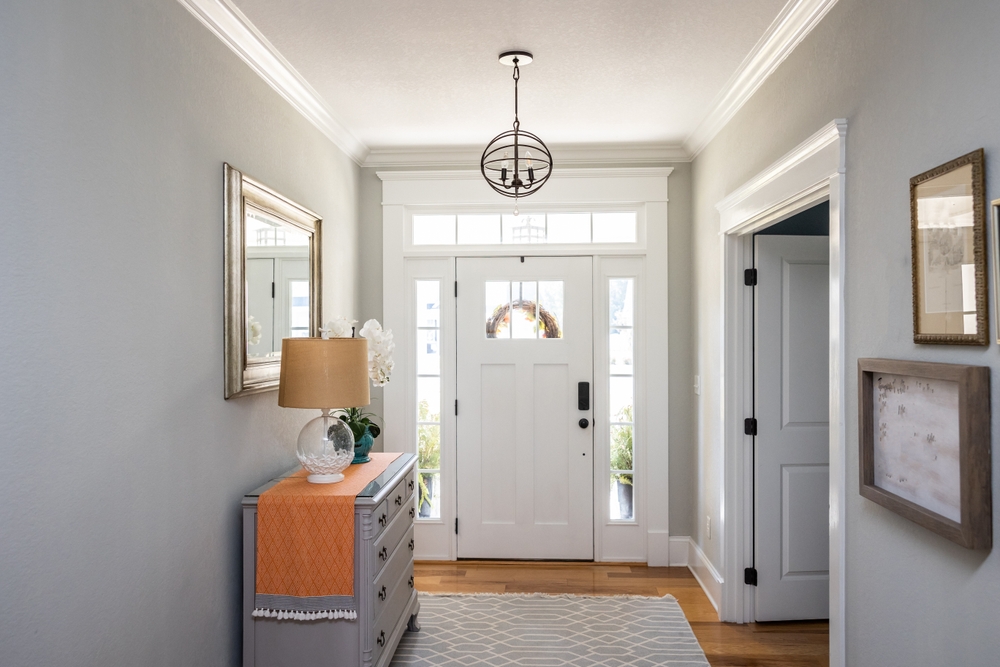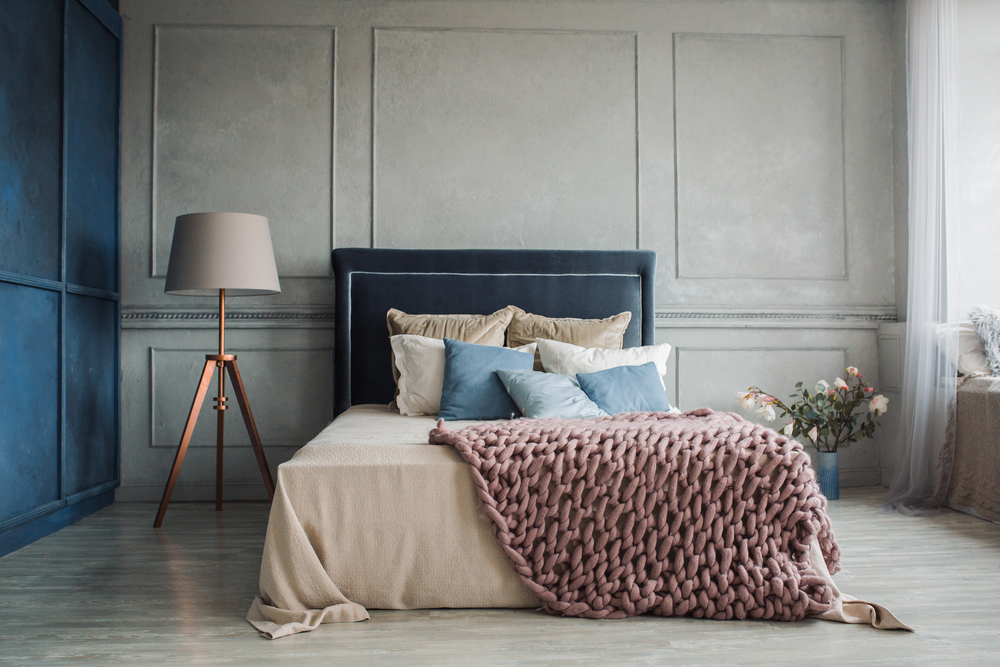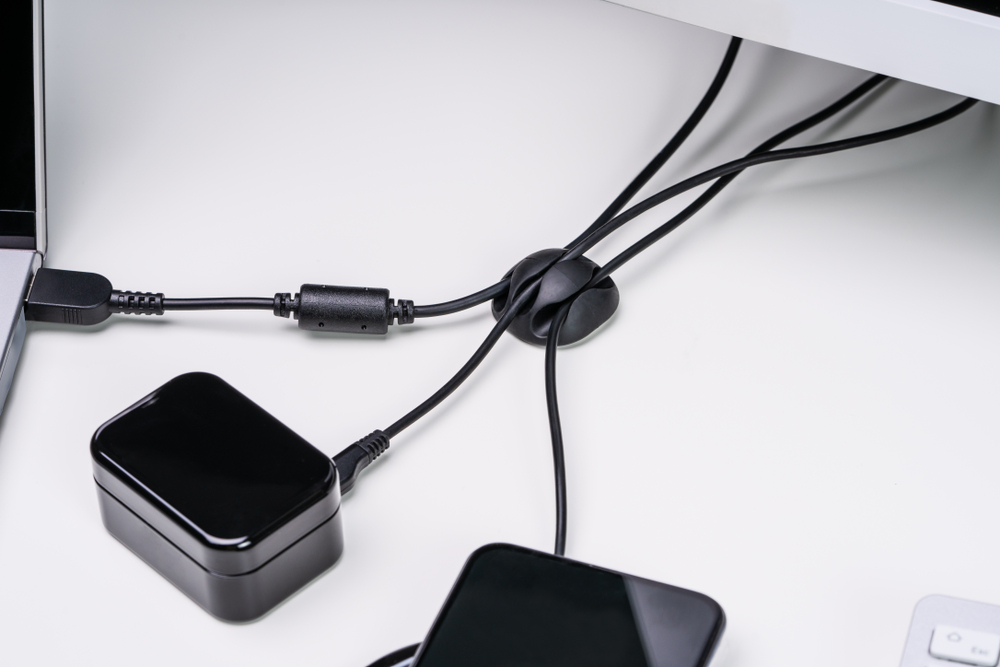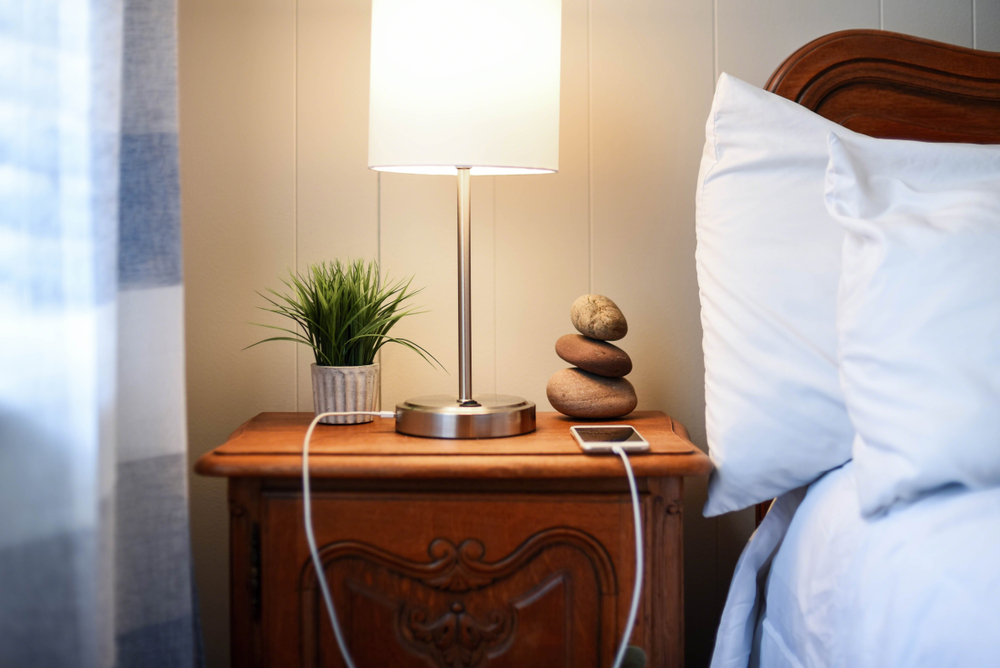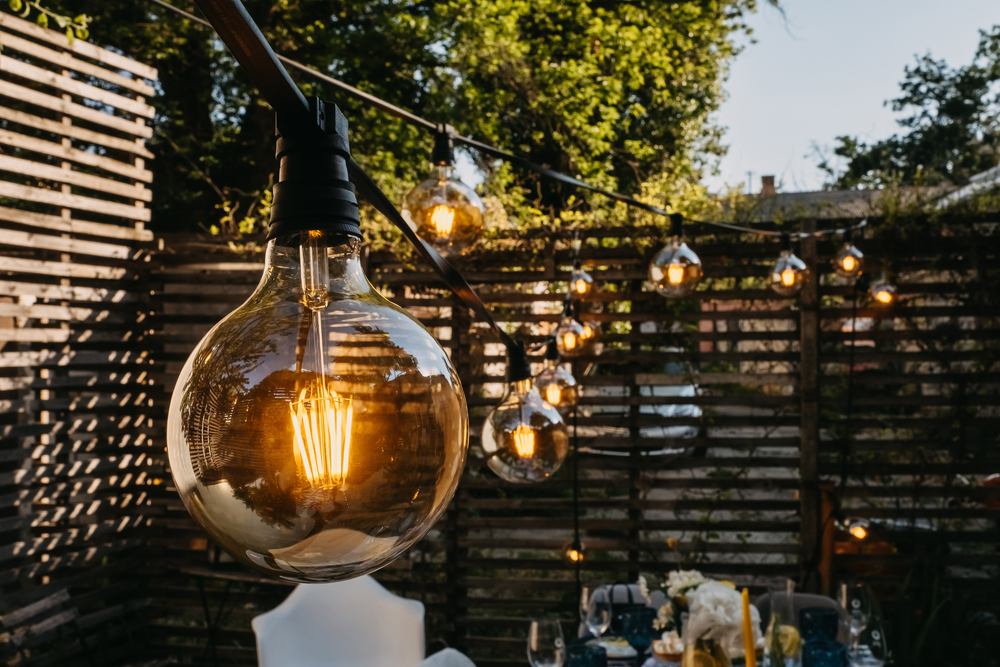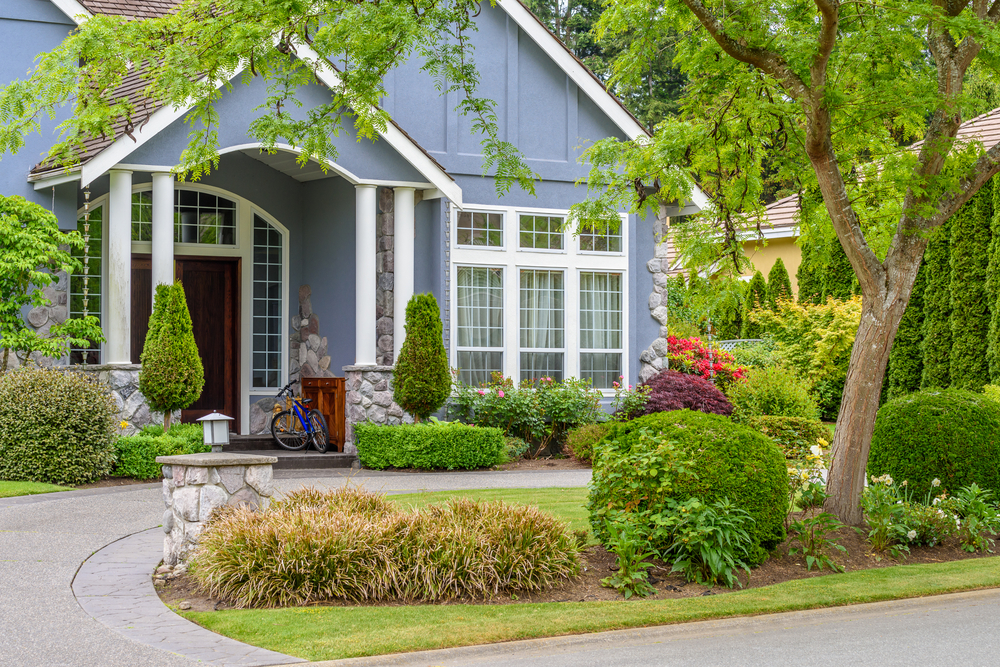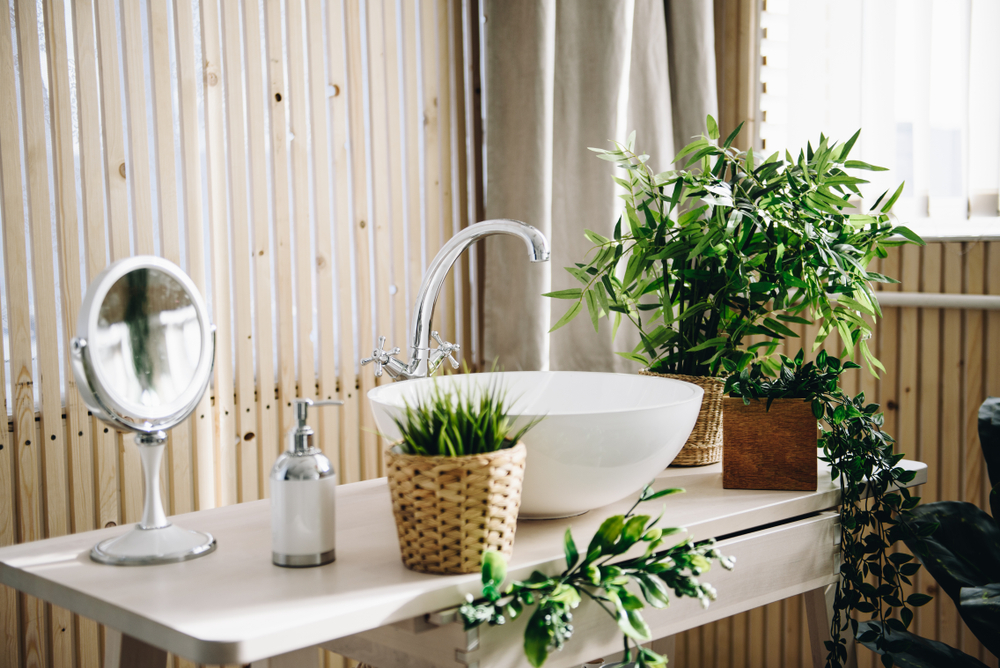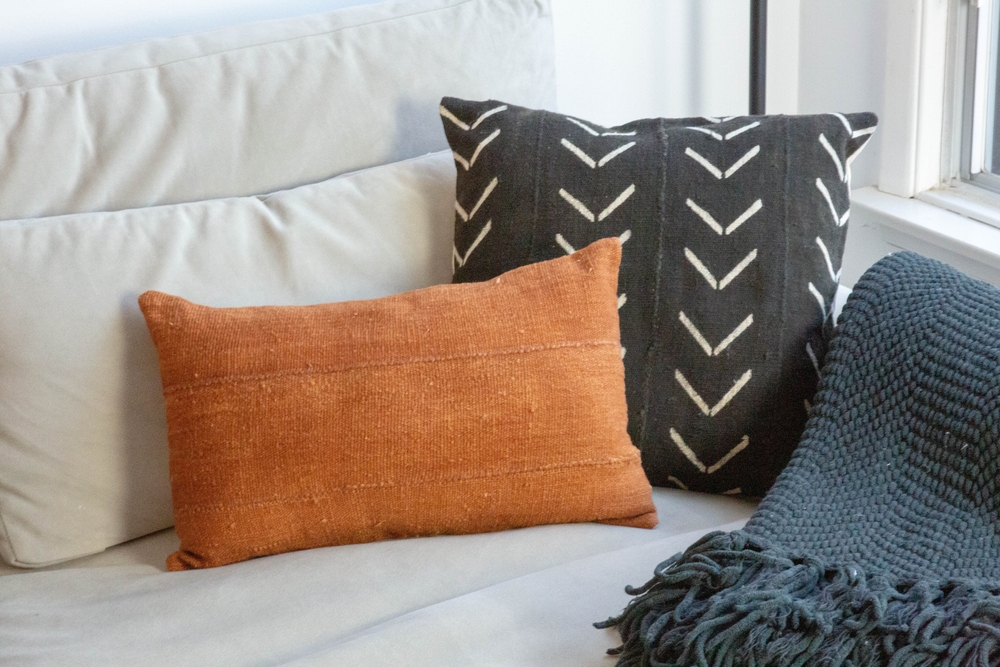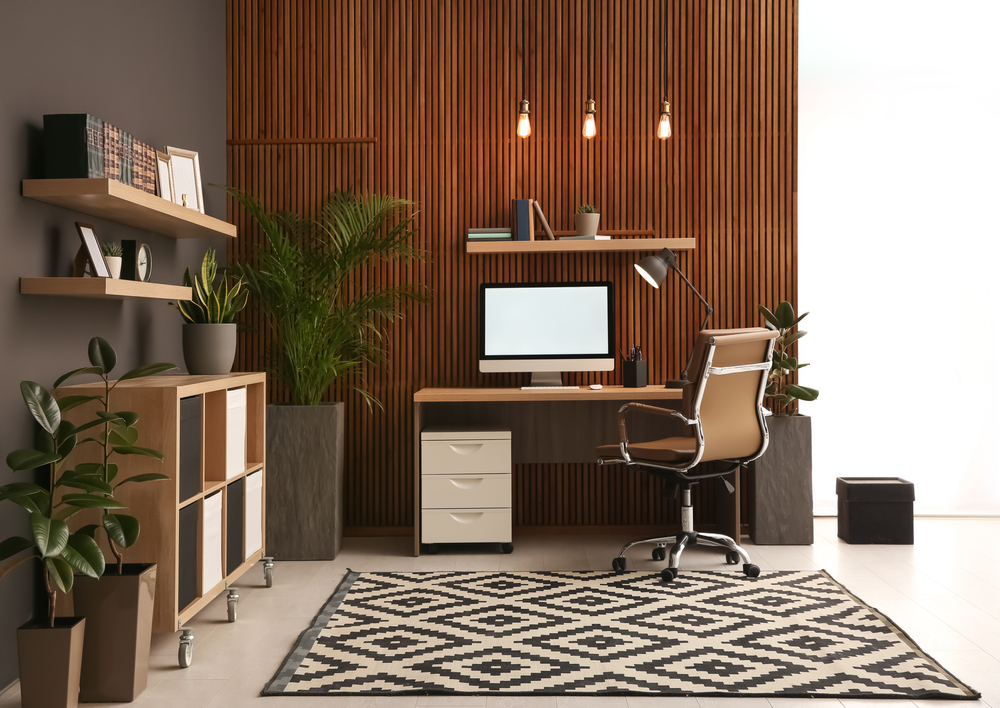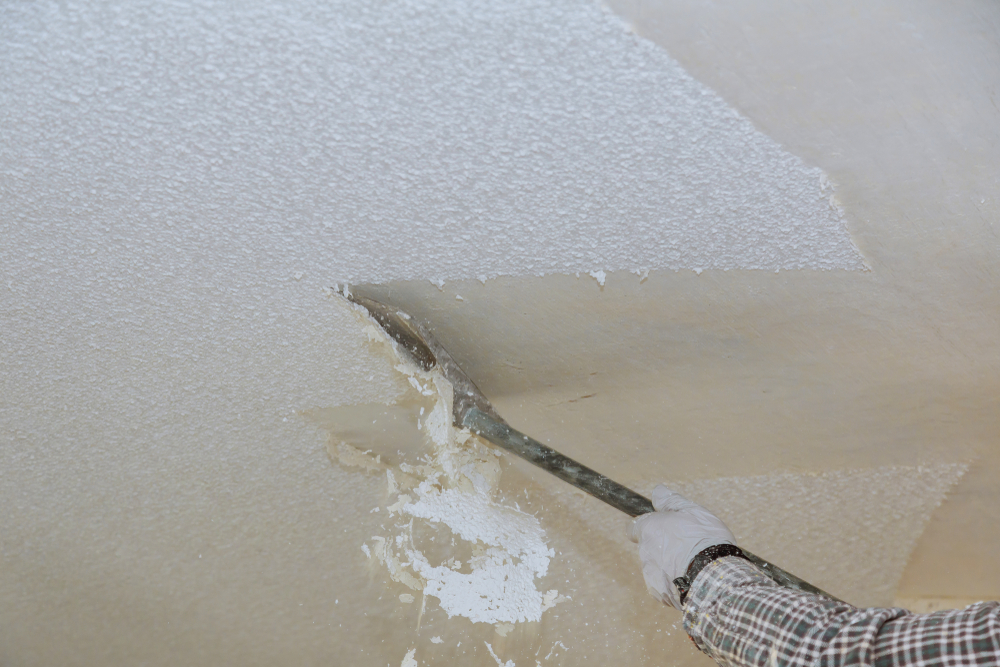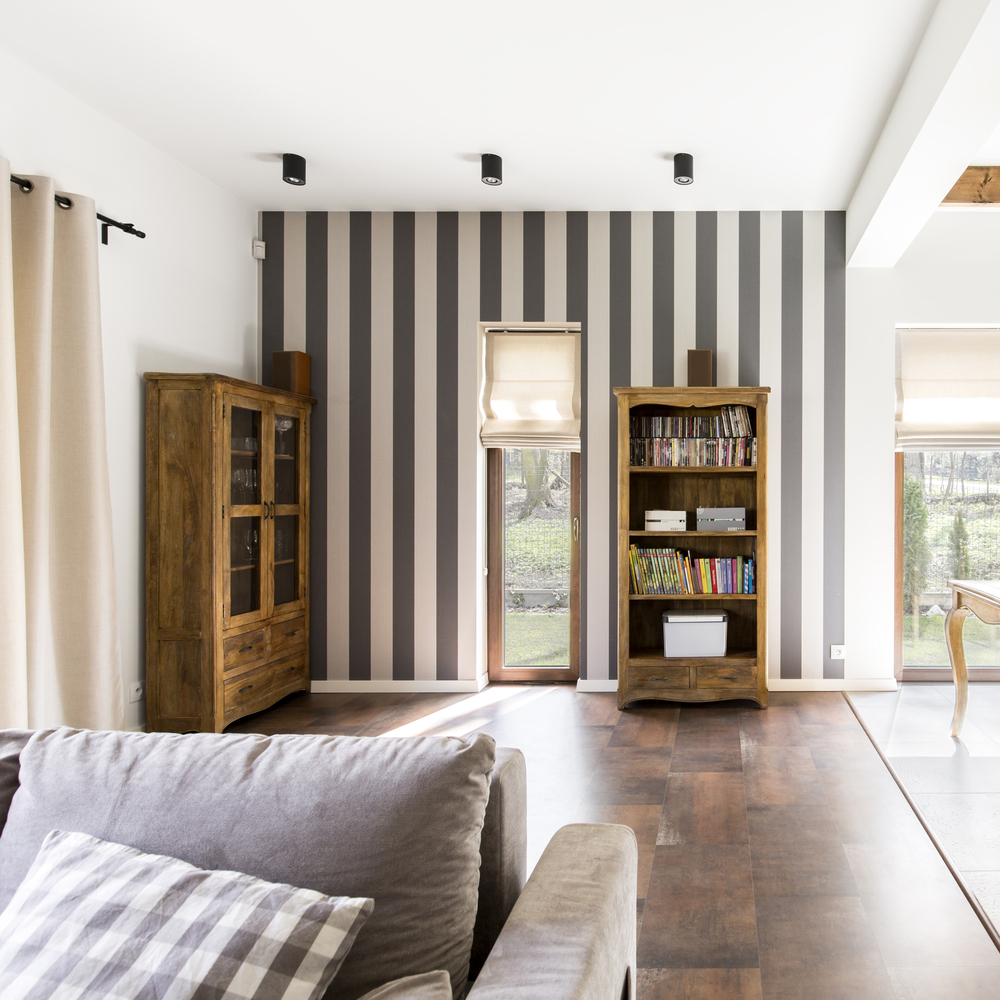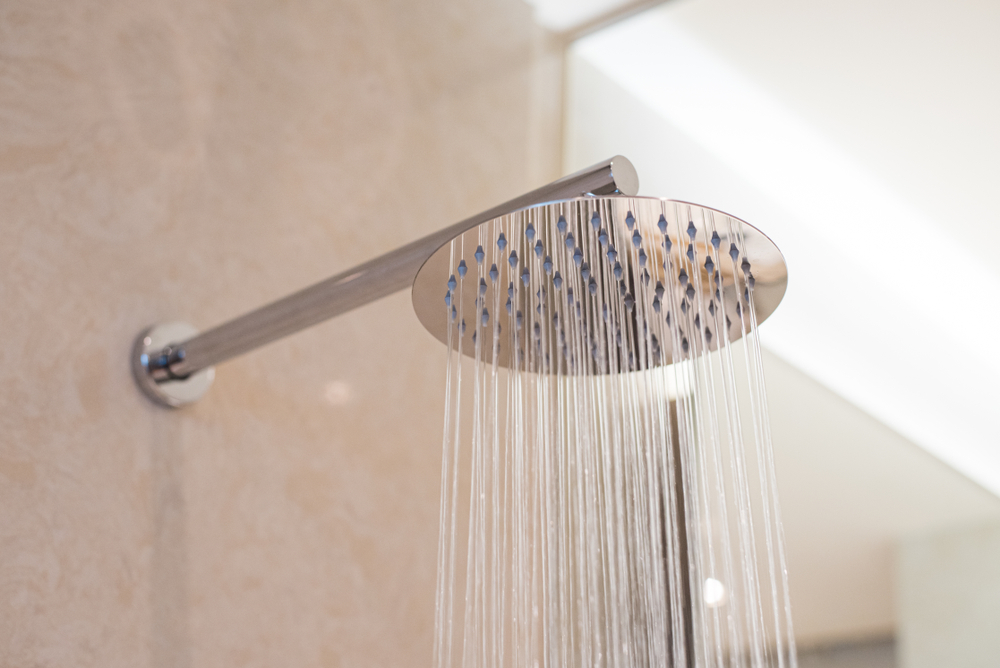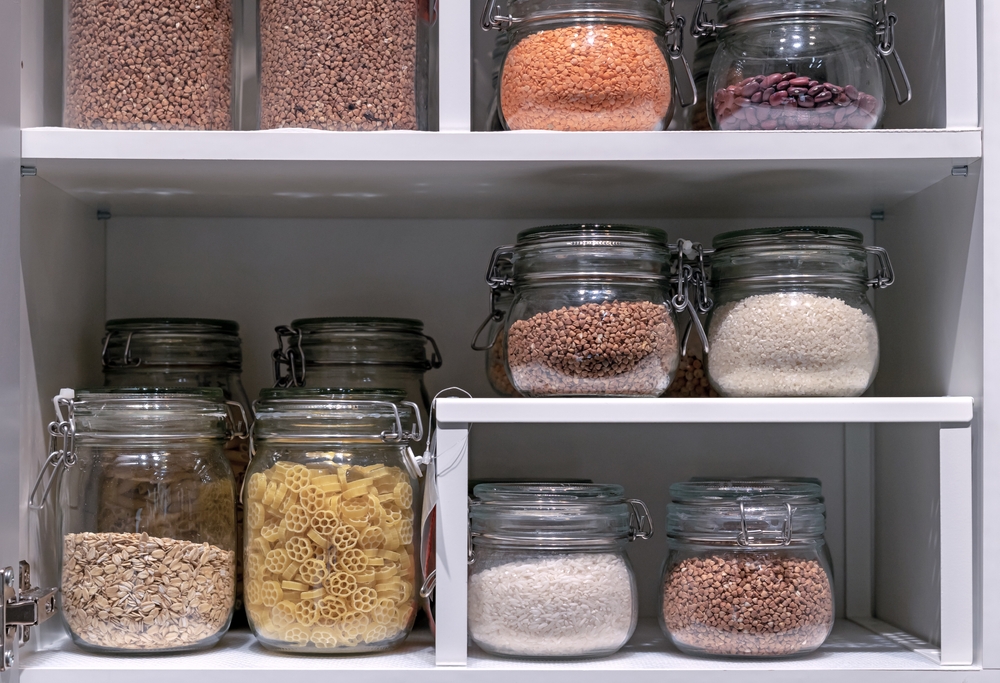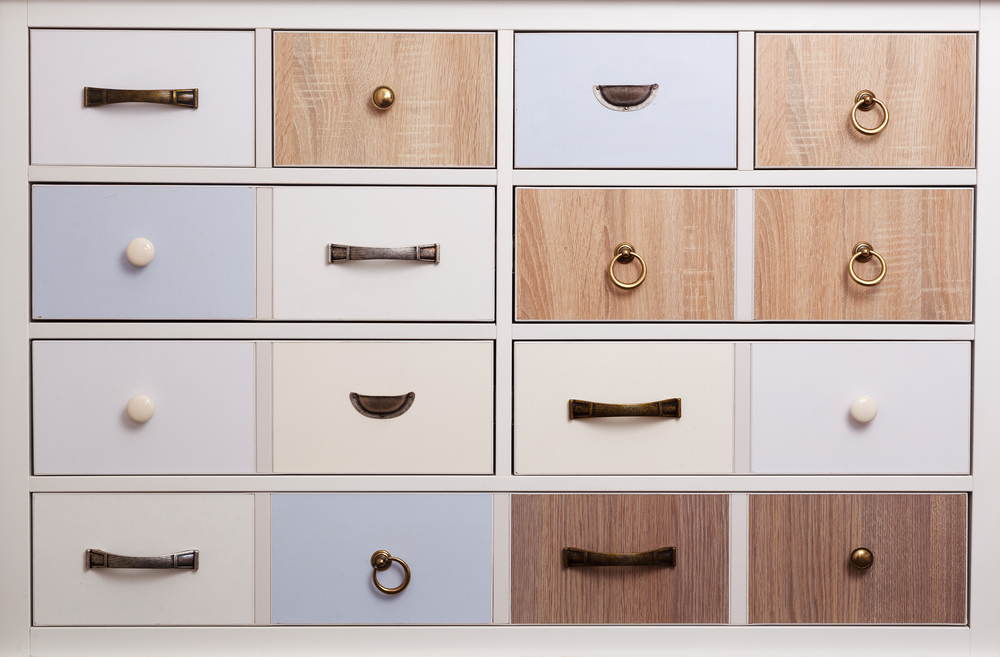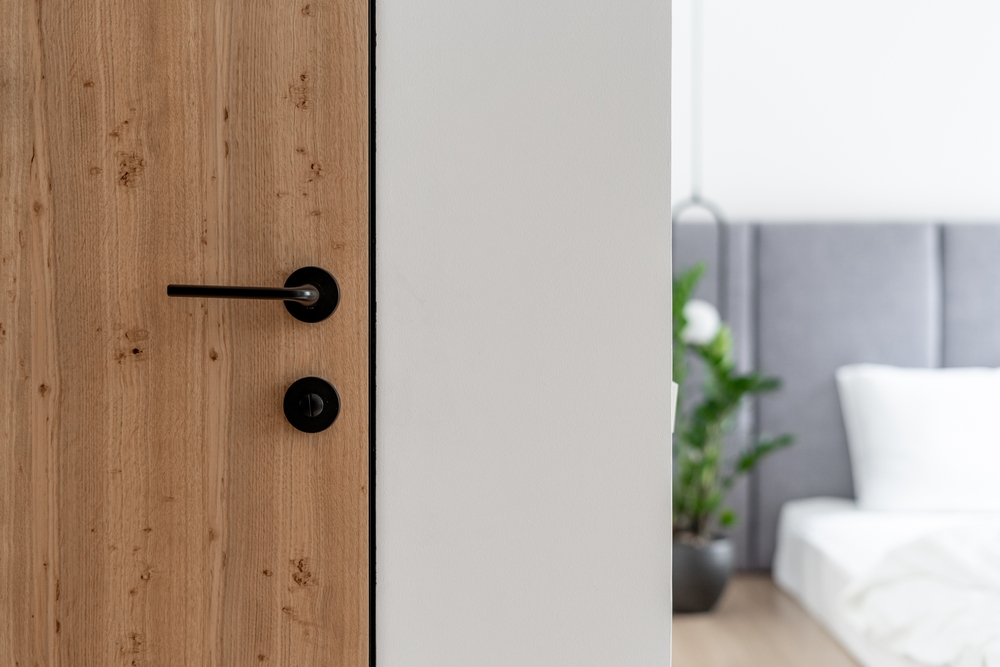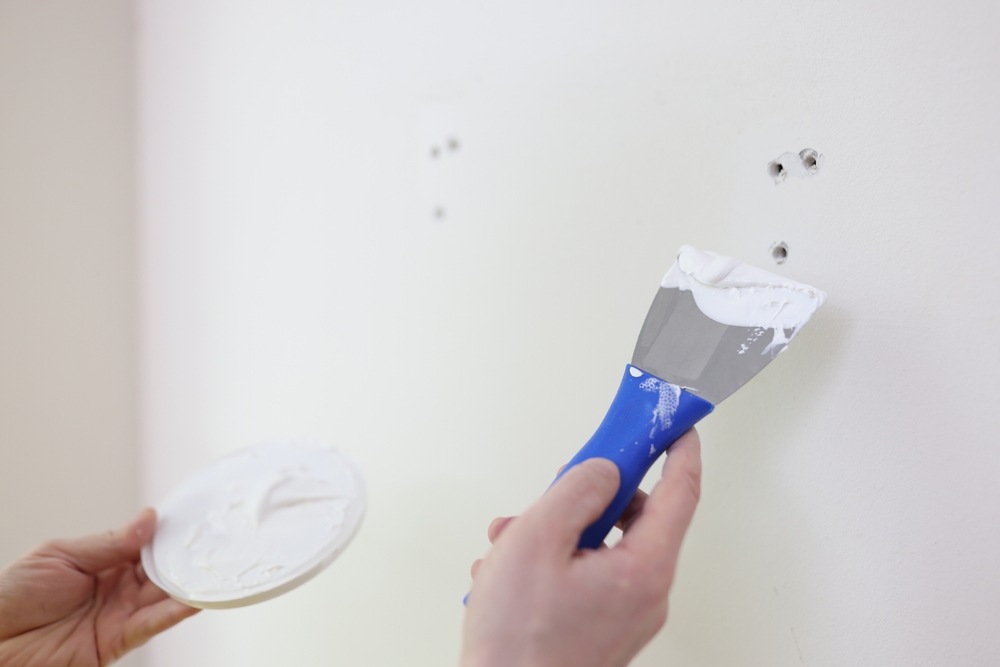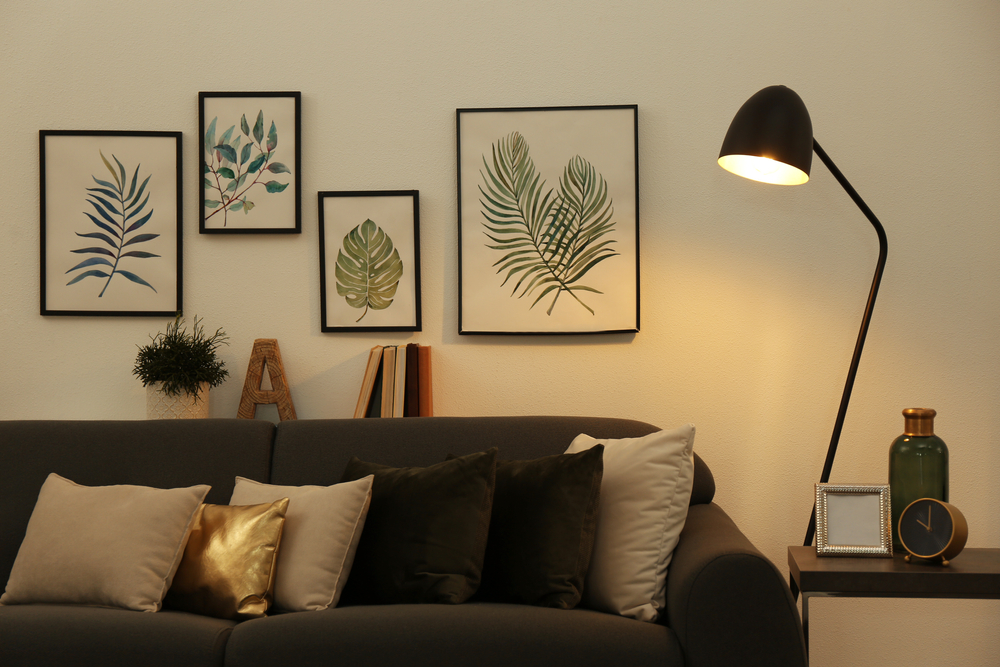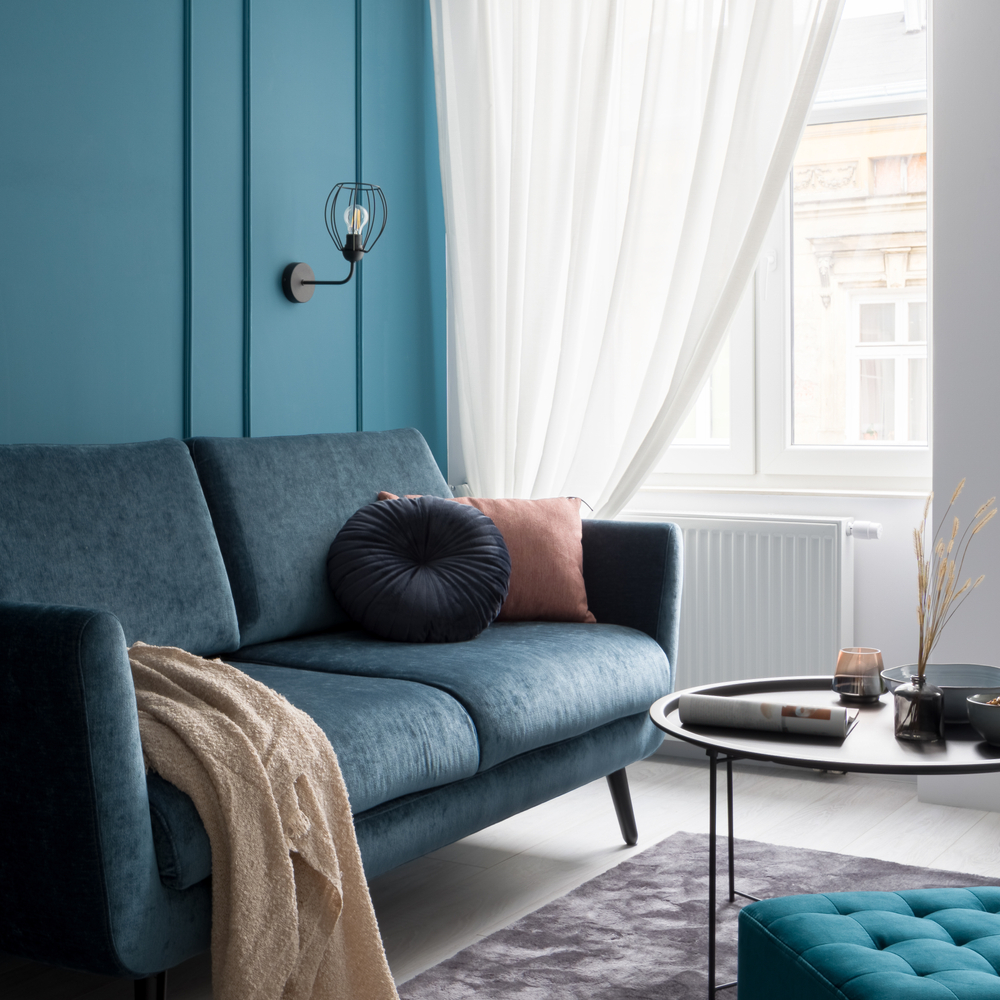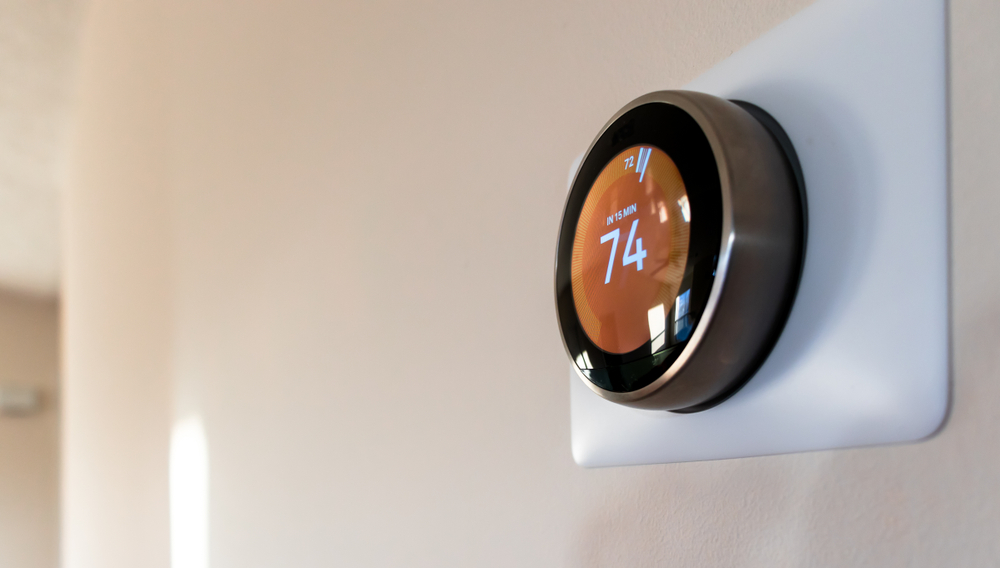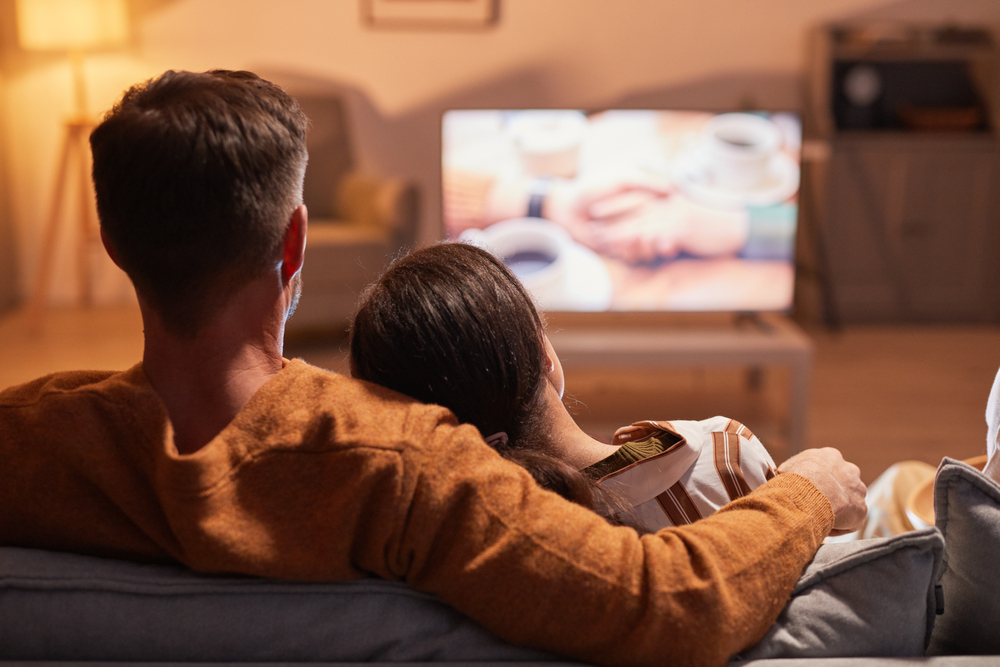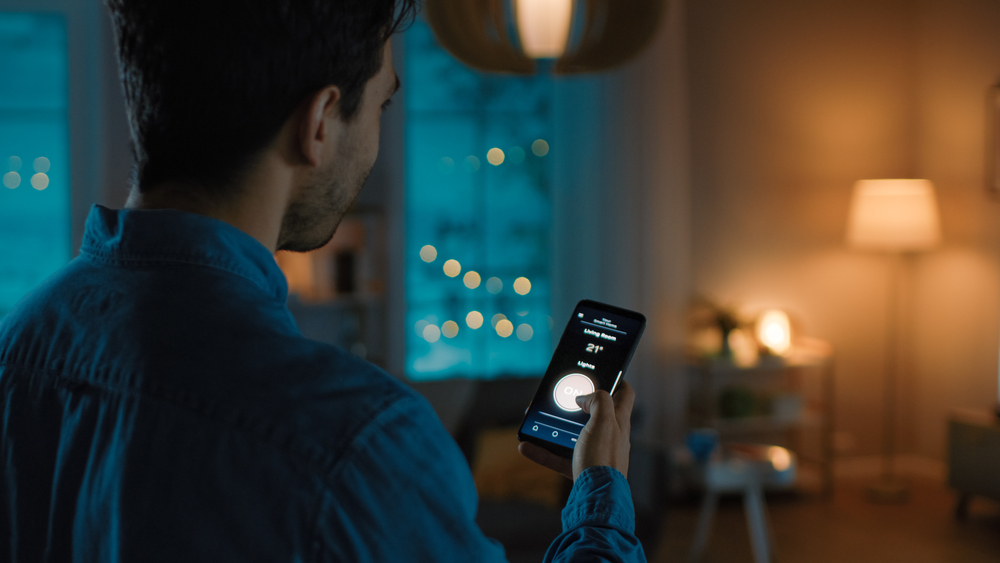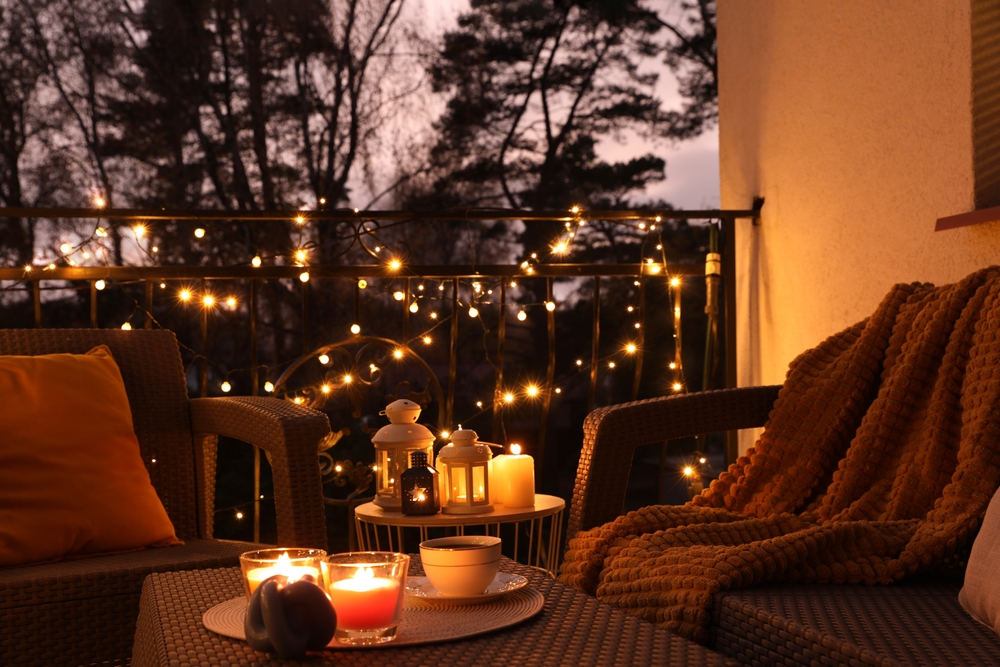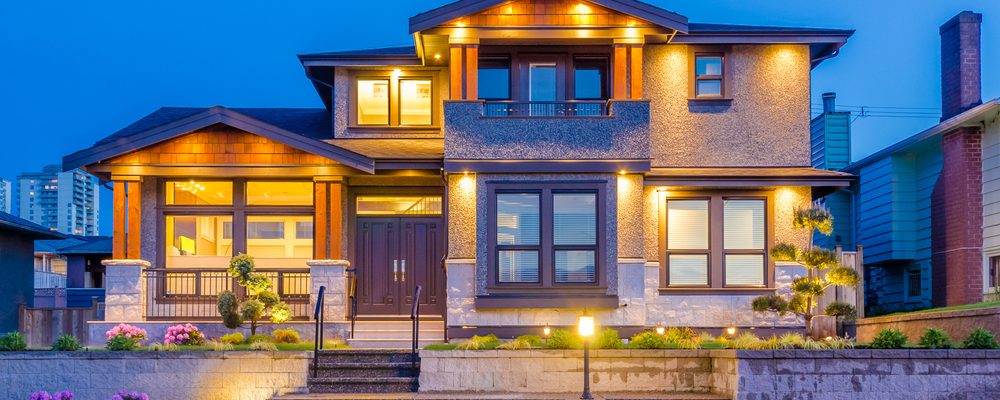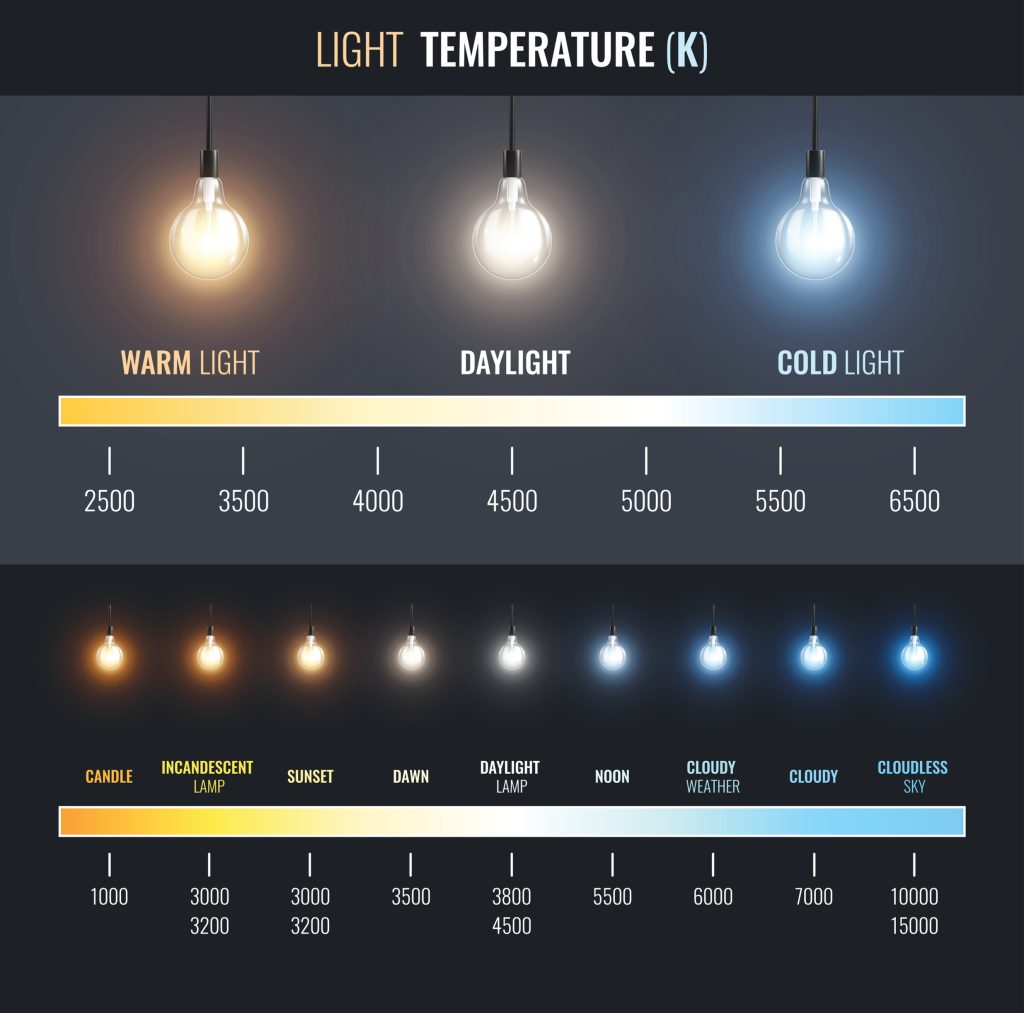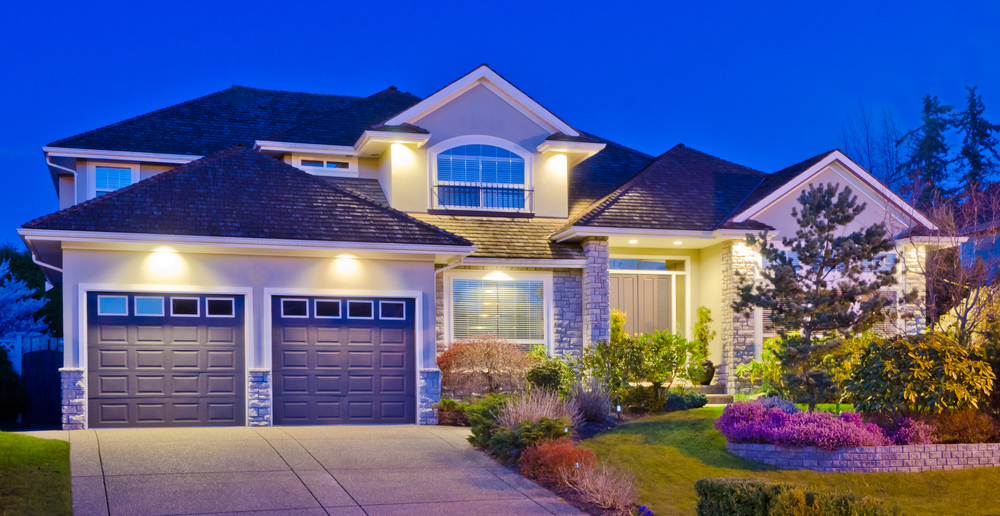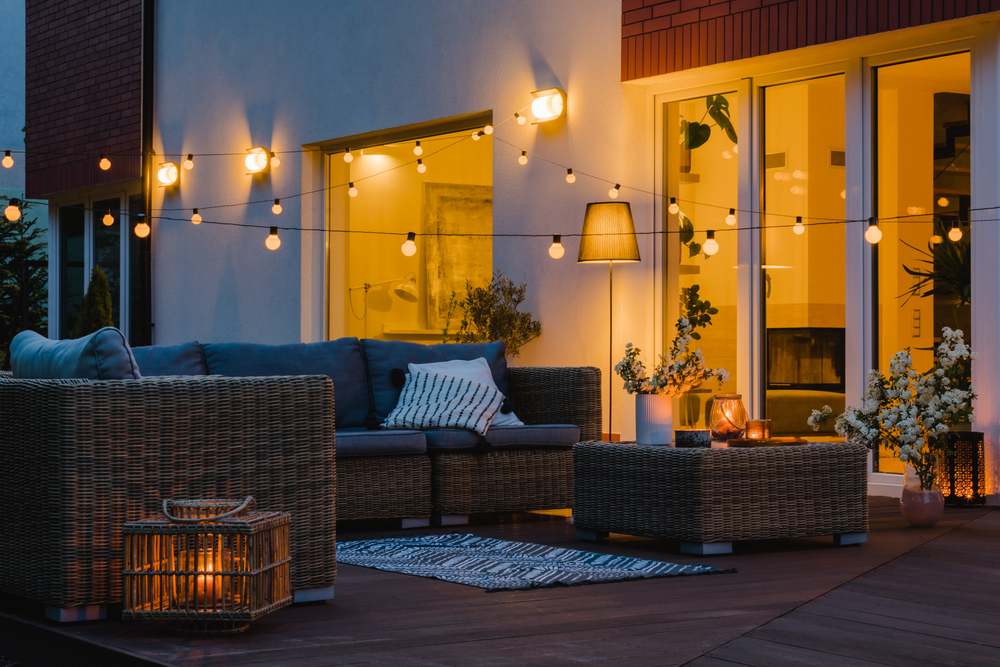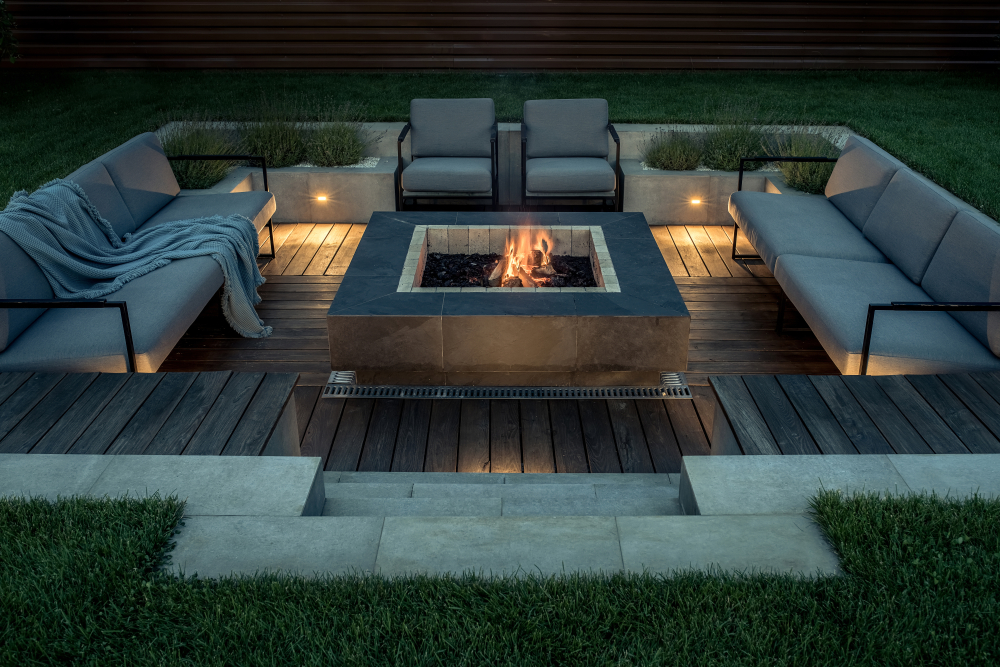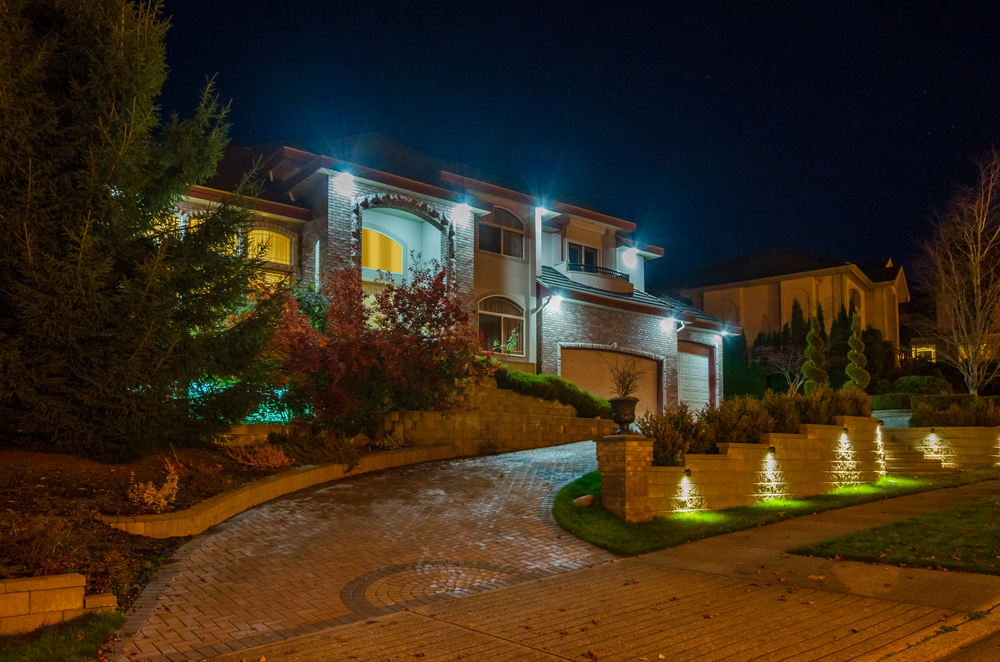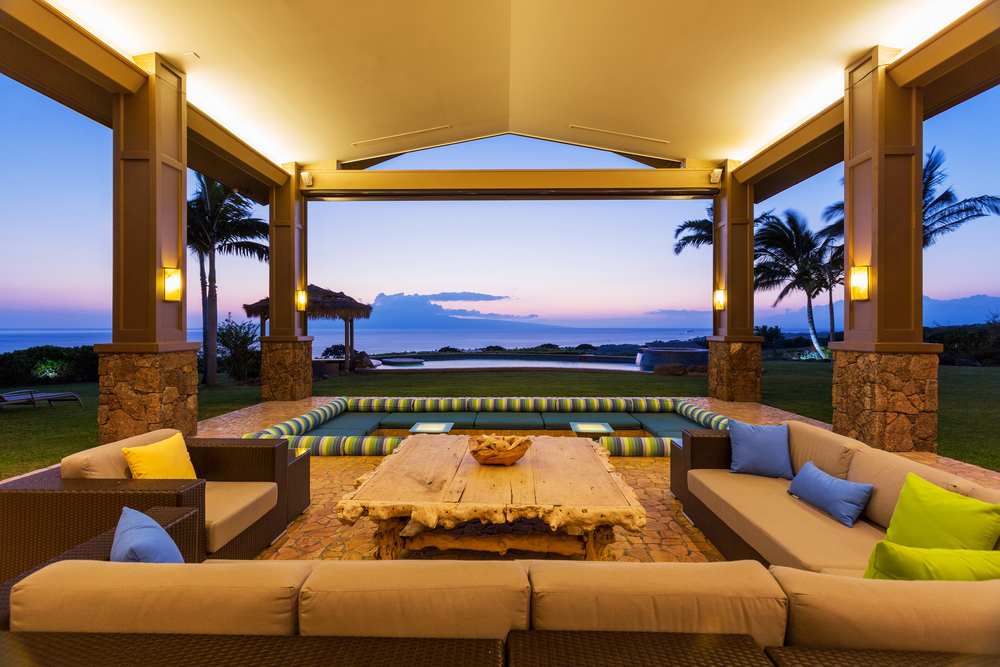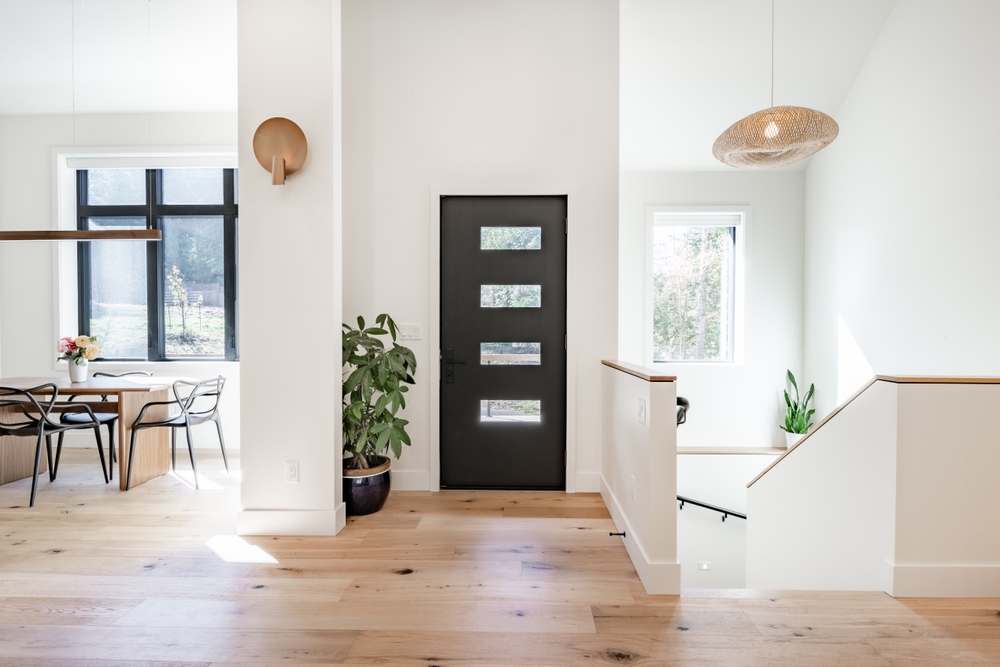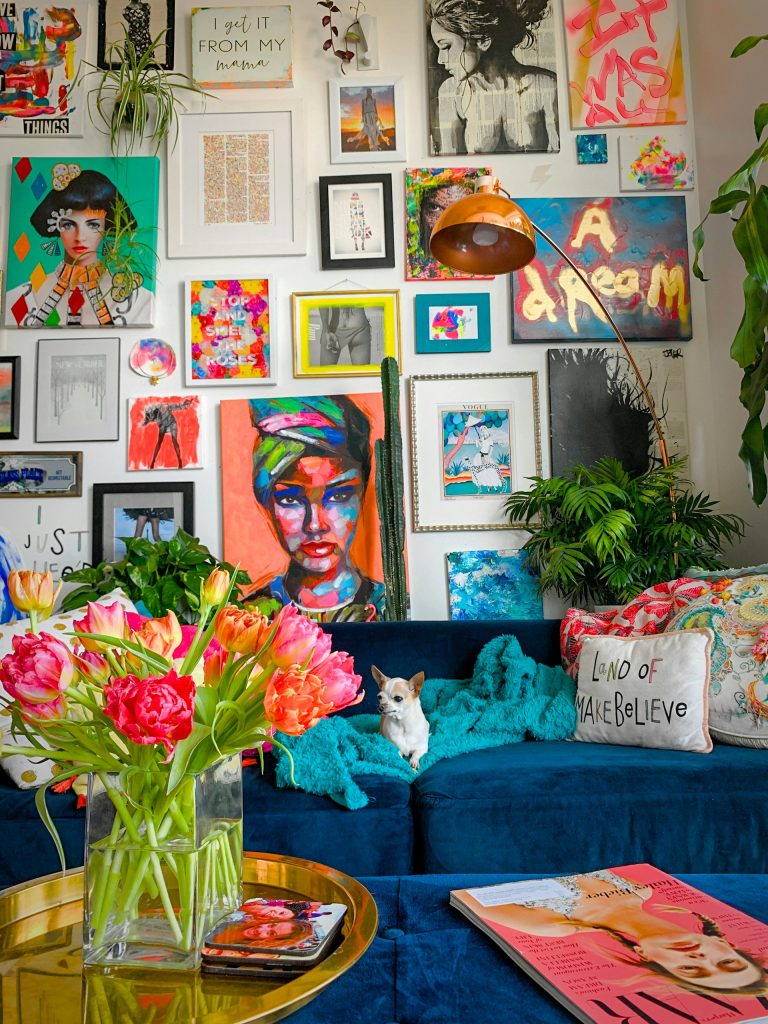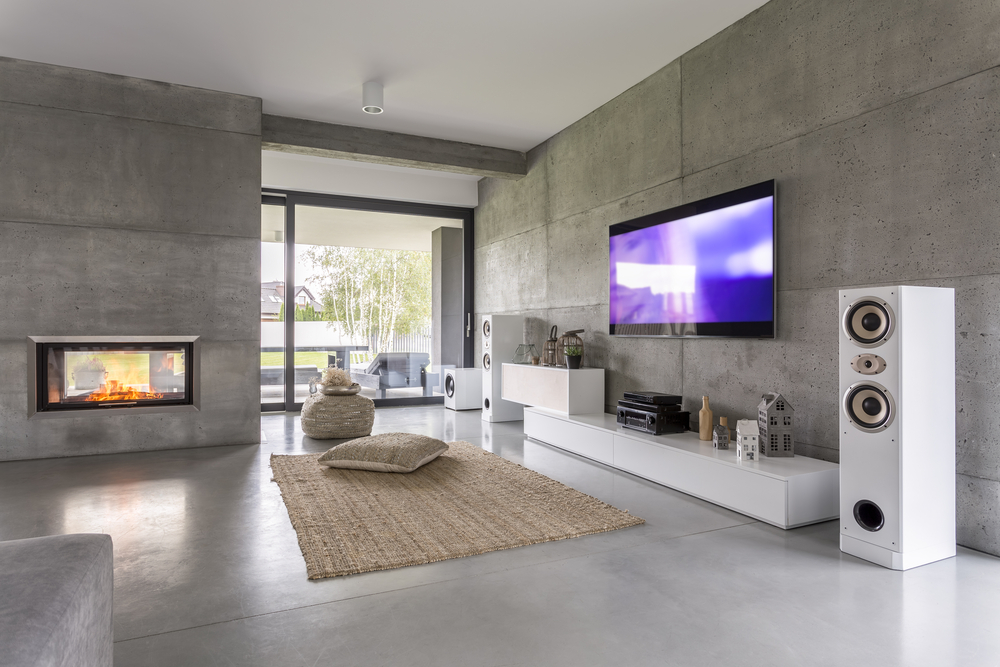Welcome, homeowners, to a guide that sheds light on an often overlooked yet crucial aspect of your home – garage lighting. Whether you use your garage for storage, as a workspace, or simply to park your vehicle, proper lighting can transform it into a safer, more functional space. In this blog, we’ll explore the importance of thoughtful garage lighting, different lighting options, and how you can enhance both functionality and aesthetics. If you find yourself in need of expert advice tailored to your unique requirements, don’t hesitate to reach out to us – your local lighting specialists.
Why Does Garage Lighting Matter?
Garages are versatile spaces, serving various purposes beyond parking cars, so adequate lighting is essential for safety, security, and efficiency. Insufficient lighting can lead to accidents, difficulty finding items, and a general lack of usability. By investing in the right lighting solutions, you can significantly improve the functionality and overall appeal of your garage.
Types of Garage Lighting
Adding additional light to your garage doesn’t have to be a difficult task. Here’s a few of the different types of garage lighting to help you get started:
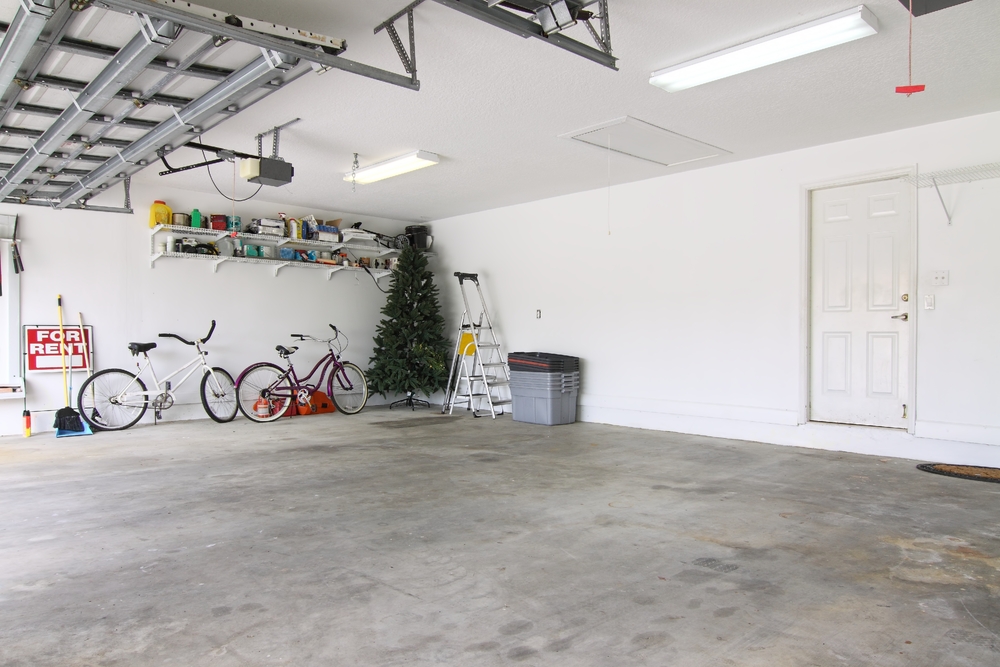
Overhead Lighting
Many garages are only equipped with a single bulb located in the center of the ceiling. While it may technically light the space, it’s really not enough to make your garage a safe or usable place to move through or work on projects.
- Consider replacing your bare bulb for fluorescent or LED fixtures for bright, energy-efficient lighting.
- Choose fixtures with multiple bulbs pointing in different directions to ensure even distribution of light to eliminate dark corners.
- If you’re building or renovating, look into having an electrician wire extra lights into the ceiling to give more thorough coverage.
Task Lighting
If you have places in your garage where you work on certain tasks, like a workbench, it’s always a good idea to add extra lighting to that space. Task lighting makes doing tasks easier and safer, which is especially important when working with tools.
- Install task lights above workbenches or specific work areas. If you have existing lighting above the space, swap out the fixture for something that gives better light. If you don’t, consider installing a corded fixture, like a ceiling or wall light, to give better overall coverage. Secure the cord properly to avoid it catching or becoming a trip hazard.
- For more up-close lighting, any heavy duty lamp will do. One of our personal favorites are LED strip lights, which can be installed with 3M sticky tape to the underside of shelves or interior of cabinets. Strip lights can be battery powered, rechargeable, or corded, and are excellent for focused, glare-free illumination.
Motion-Activated Lights
There’s nothing quite like the way you feel when you walk into your workspace and everything lights up, on its own, ready to get started. Motion lights can be a practical addition to your garage, but they’re also just really cool.
- Always accidentally leaving the light on? Motion lights can make your garage more energy-efficient, and eliminate the “oh crap” moment when you realize you left the lights on… two days ago.
- Install motion-activated lights near the driveway and other entry points to increase safety and ensure a well-lit path upon arrival. For a wire-free option for your exterior entry points, look into motion-activated solar lights that can charge up during the day and light your doorway at night.
Natural Light
Nothing beats the way sunlight can light your garage… for free.
- Maximize natural light through windows or skylights by keeping the glass clean. If privacy is a concern, try adding a privacy film that obscures the view without blocking the light.
- If your garage lacks windows, you’re not without options. While it may be a pricier solution, opting for a garage door with windows can also add natural light to an otherwise dark garage.
Decorative Lights
For those of us who rack up plenty of garage hours on the regular, there’s nothing wrong with adding a little bit of personality to your space.
- The types of decorative lighting for a garage are as varied as the tasks done while in one. Anything goes here – whether it’s a neon sign, a traffic light, a back-lit clock, or a company logo from your at-home startup.
- For decorative items that don’t light up, look into installing track lights or wall sconces to shine a light on your collection.
Creating Zones
To make the most effective lighting plan for your garage, you’ll want to break it into zones. Take a moment and draw out the layout of your garage, and then take note of how you use each part of the space. Segment your garage into functional zones and tailor the lighting accordingly, taking into account how the natural light coming in through the windows will complement the light during the times of day you’ll use the garage. Some zones might include: parking, work bench, storage, lounge area, play area, gym, mudroom, etc.
This approach allows you to customize the lighting to suit specific needs, providing a well-lit and organized space. General use areas are usually fine with simple overhead lighting. In workspace zones, supplement with strategic task lighting to increase usability and safety. Strategically place motion-activated lights for security, and for that “wow” moment you want to give when you invite your friends over to check out your latest project.
Choosing the Right Fixtures
When selecting fixtures, prioritize energy efficiency and durability. LED lights are an excellent choice, offering longevity, energy savings, and a range of color temperatures to suit your preferences. Additionally, if the work you do in your garage involves working with colors, such as detailing your car or refinishing furniture, consider bulbs or fixtures with a high Color Rendering Index (CRI) for accurate color representation.
For single-fixture overhead lighting, opt for bulbs that shine light in multiple directions (like the one seen above), or for fixtures that allow light to shine in every direction without casting shadows. Be aware of obstacles that could block your light, like storage or pillars, and choose fixtures that can work around them to minimize shadowy dark spots – like a long fluorescent tube or a fold-out (deformable) LED bulb.
If you live in an area with very high or very low temperatures, it’s also a good idea to check on the temperature tolerance of the fixture and bulb. Consider choosing outdoor-rated fixtures for garages without temperature control.

As lighting experts, we understand the unique requirements of homeowners when it comes to garage lighting. If you’re ready to transform your garage into a well-lit and functional space, contact us for personalized advice and a curated selection of lighting solutions. Or, visit our local showroom to explore the latest trends in garage lighting, and let us guide you toward creating a brighter, safer, and more inviting garage space.


